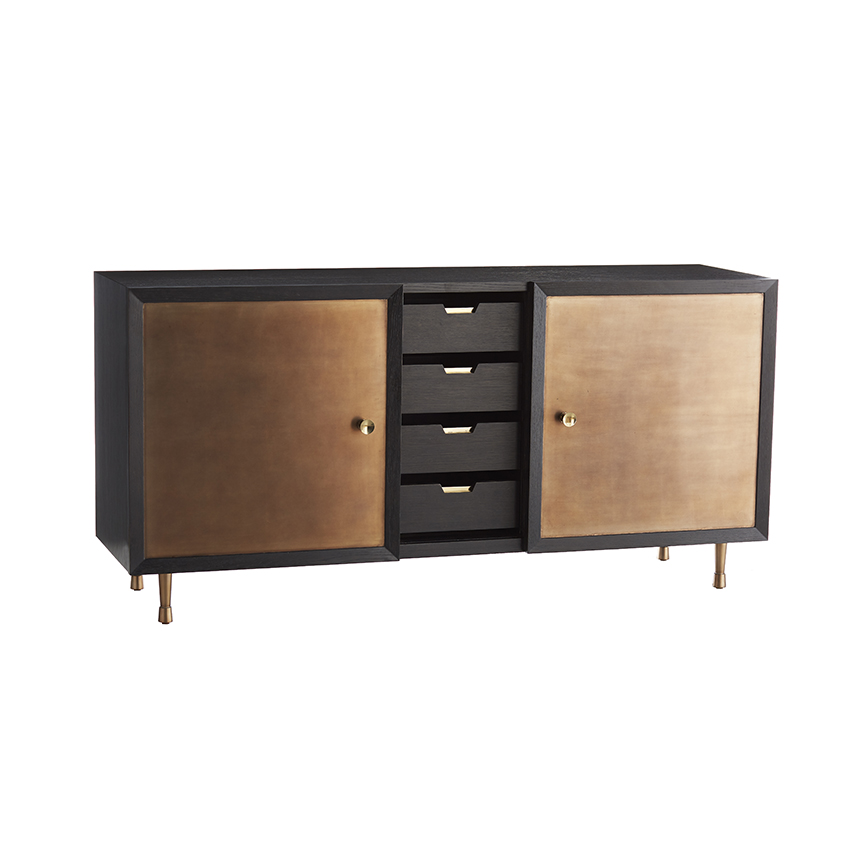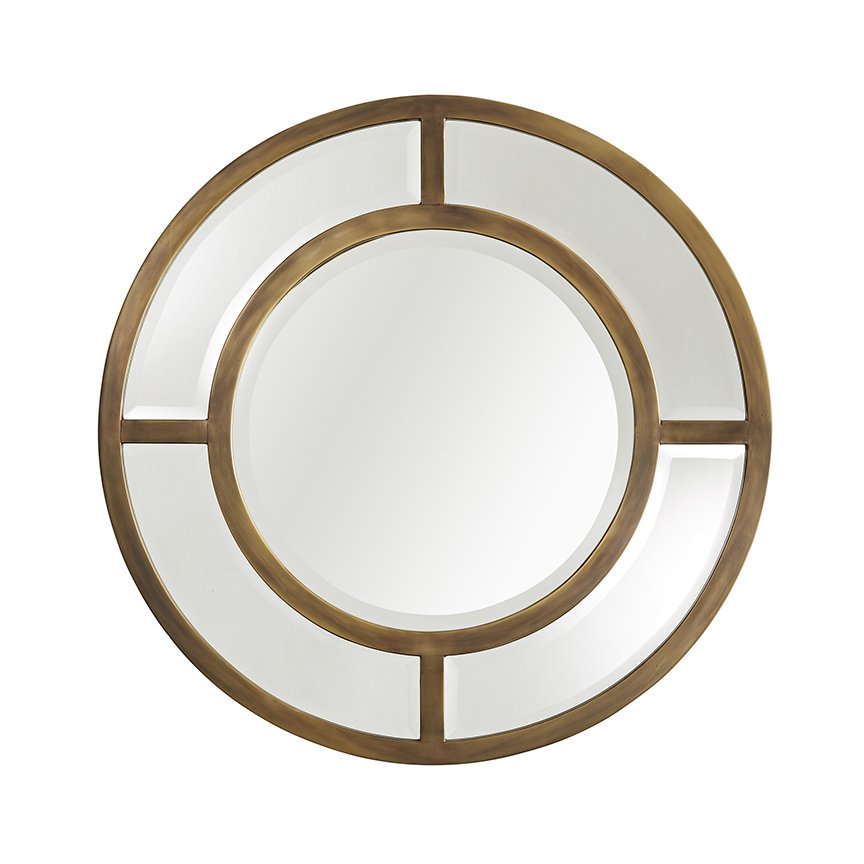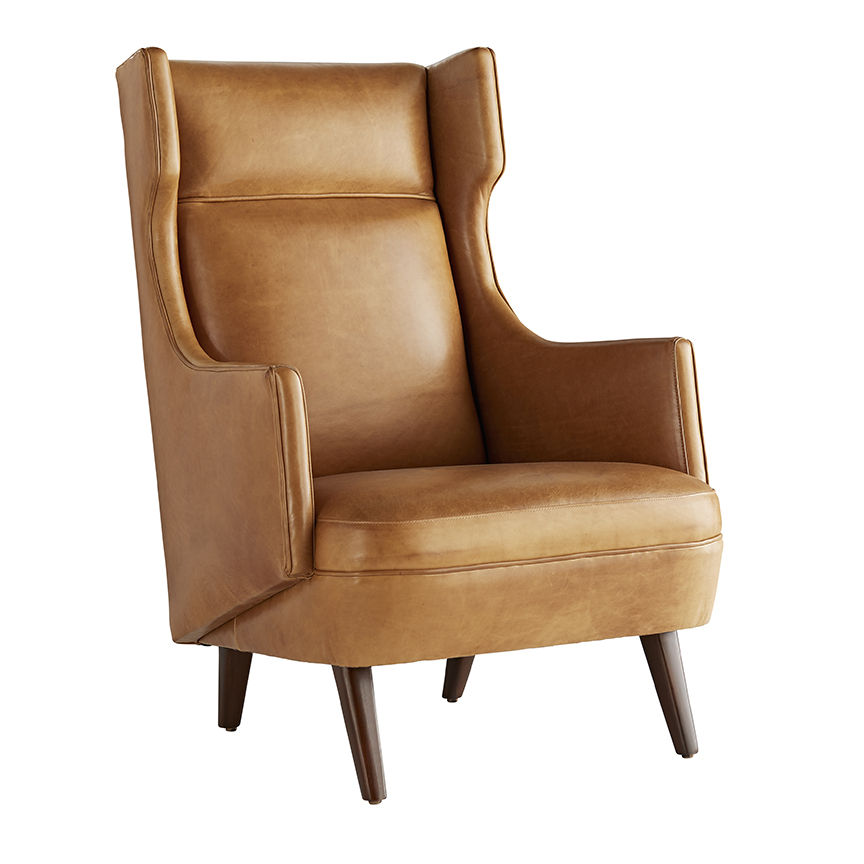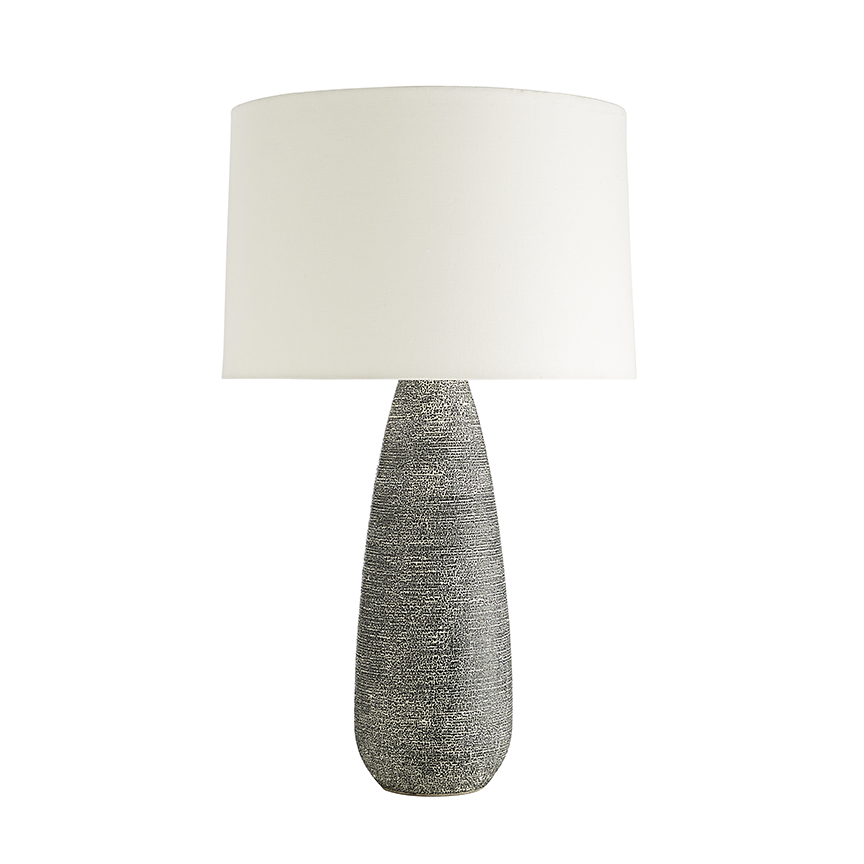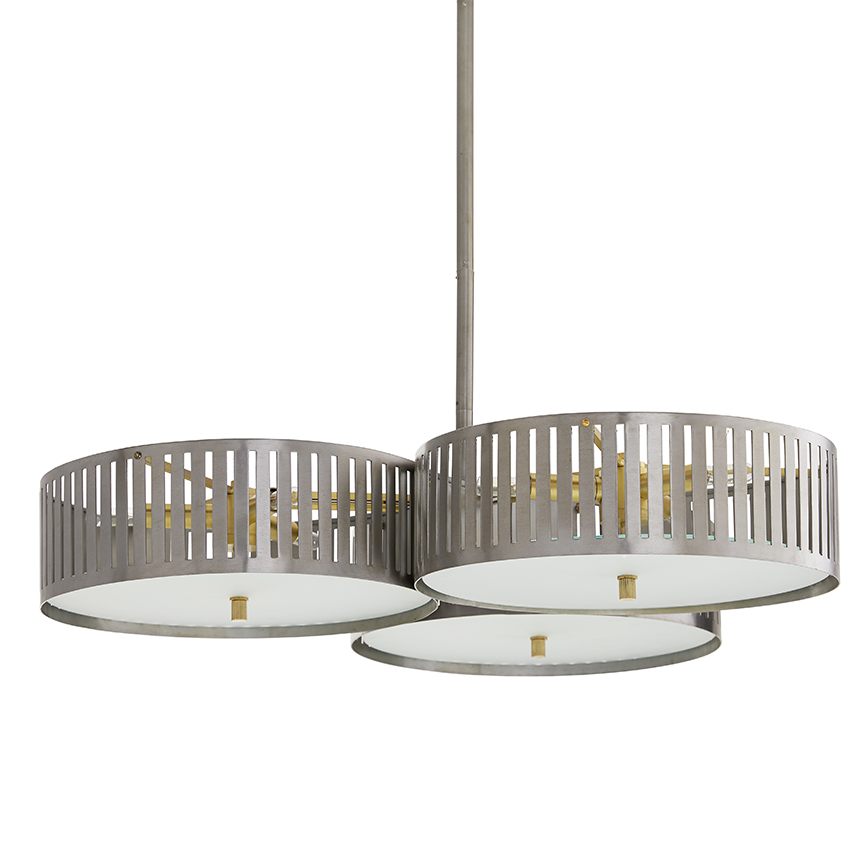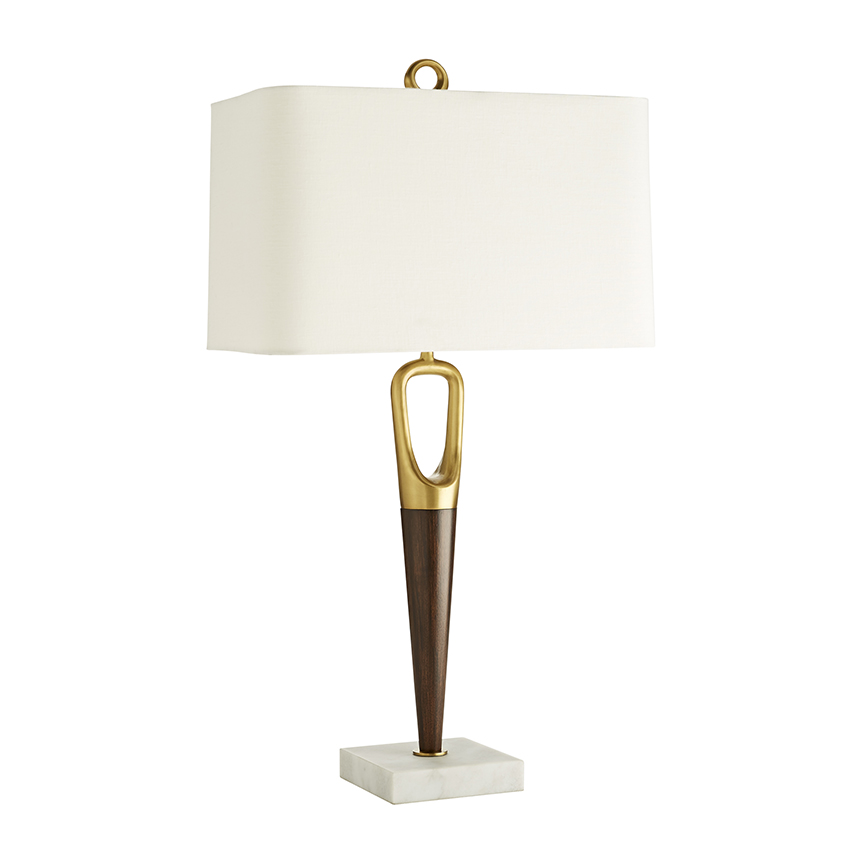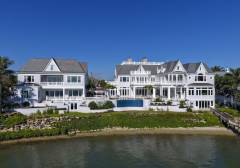Boho may bring overwhelming patterns and a mix and match style of colors to mind but these refined expressions of boho are bringing a whole new touch of elegance and class to the term.
Choose the bohemian blend that is perfect for you and your home.
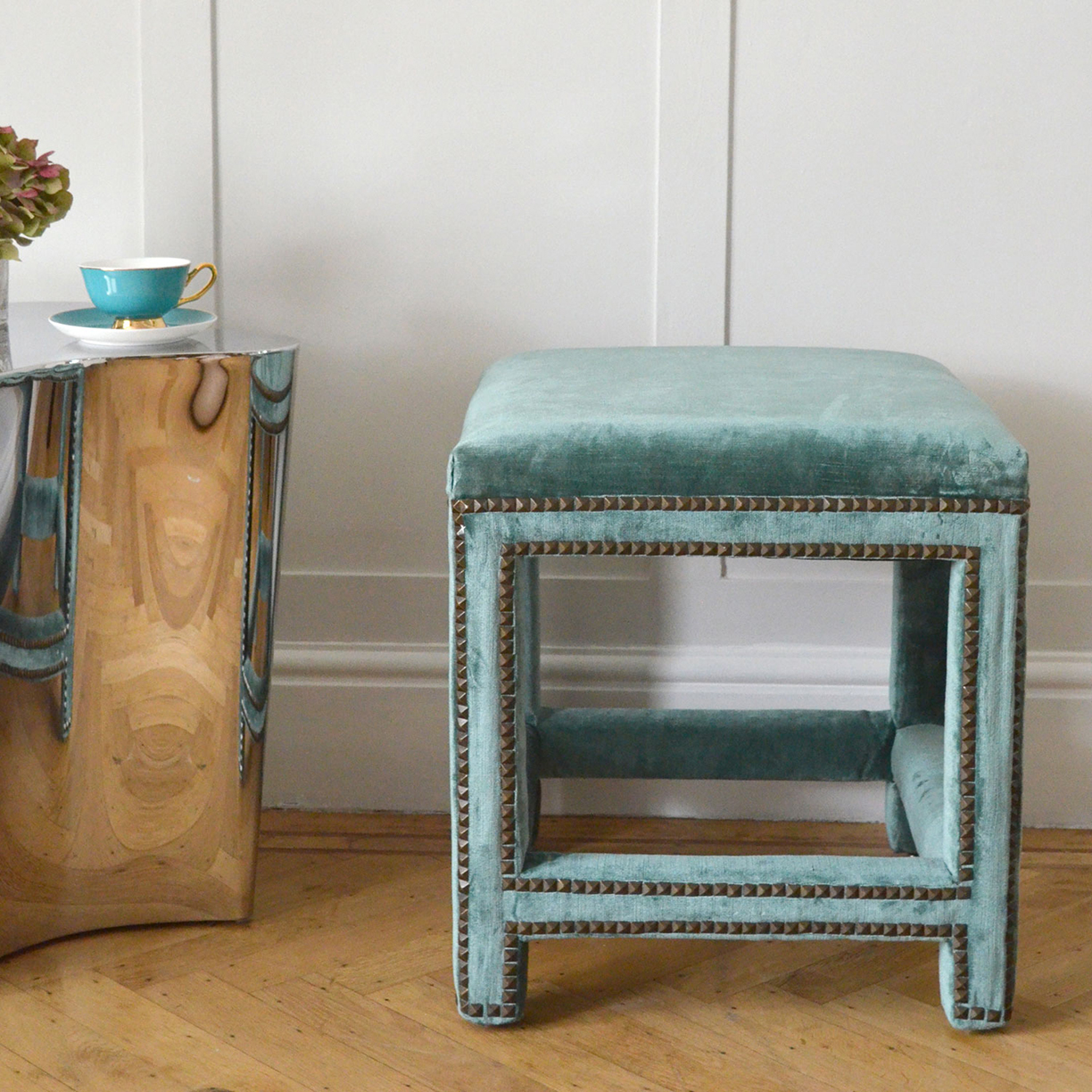
Photo courtesy of Sweetpea & Willow
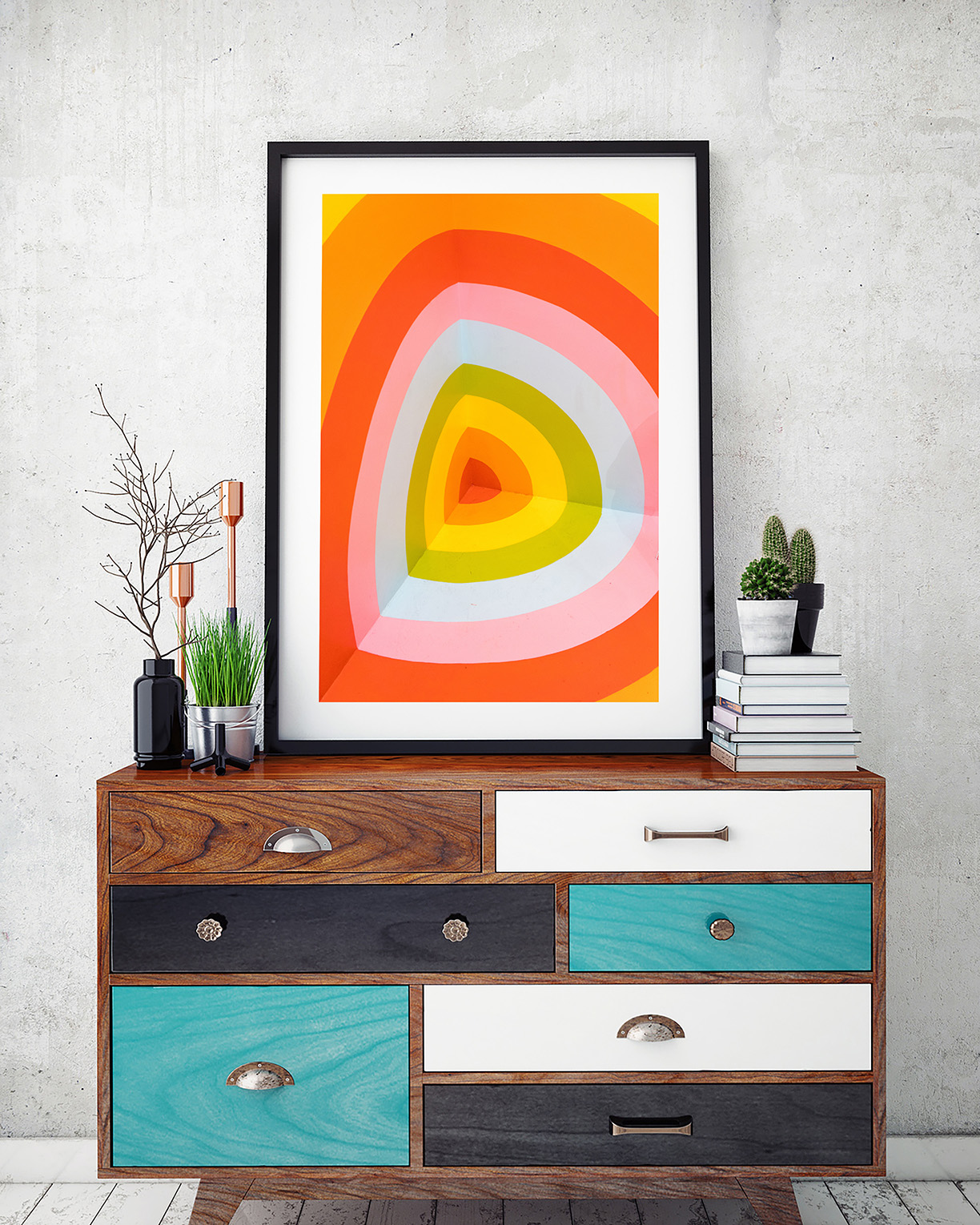
Photo courtesy of ABSTRACT HOUSE
African Boho
When many people think of boho style, they think of African inspired bohemia, namely the bright colors, clashing prints and metal tones that are often introduced into the décor of a boho themed living space. Include lanterns, jewel-colored cushions, and ottoman style seating to achieve this laid back vibe.
European Boho
European boho is a little more refined in its mix and match approach, though strives to look spontaneous. European style boho is characterized by vintage style furniture paired with rustic beaded curtains and quirky wall art. Layers, mixed fabrics, and statement wall décor will make or break this look.
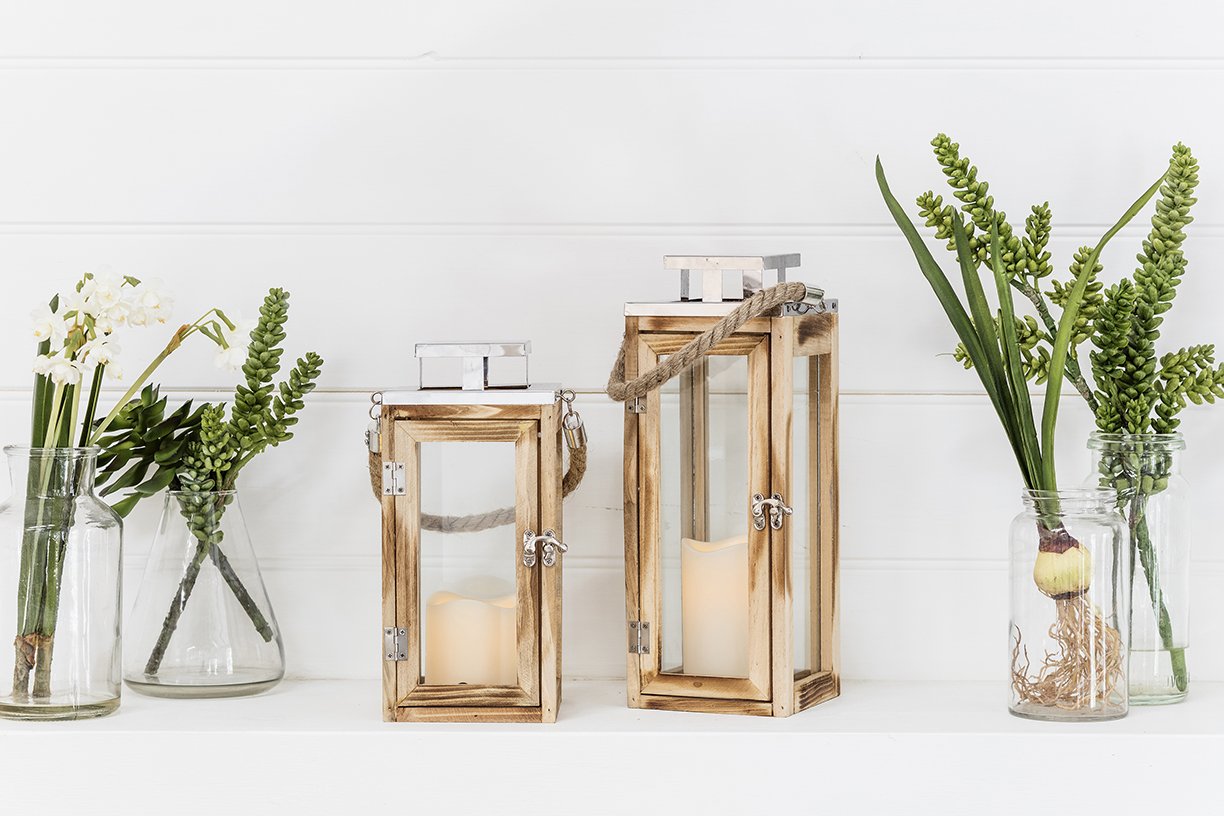
Photo courtesy of Lights4fun
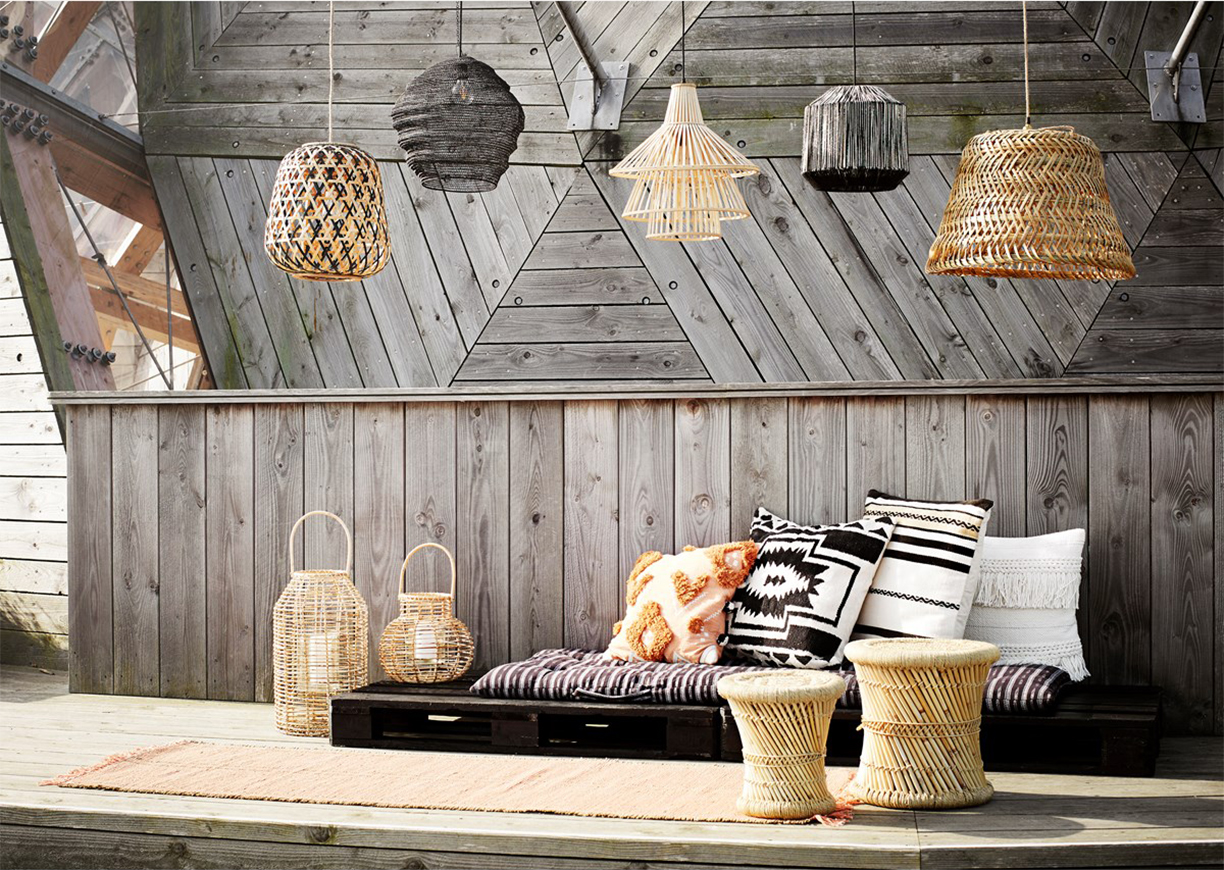
Photo courtesy of Flo & Joe
Western Boho
The 1960s and 70s saw a resurgence in bohemian style, one that was influenced by community living that became a prominent characteristic of the counter culture. The western bohemian style relies heavily on natural materials and fabrics to complete the aesthetic. Think exposed beams, tribal prints and pouffe’s or floor cushions rather than traditional seating.
Contemporary Boho
So what’s happening now with Boho style? Contemporary Boho style borrows from its processors but combines elements of the classic boho styles with modern minimalist living. Think white walls and floors, wicker seating and animal head wall art. Cushions and rugs add splashes of color while décor pieces can range from vintage to African to contemporary.
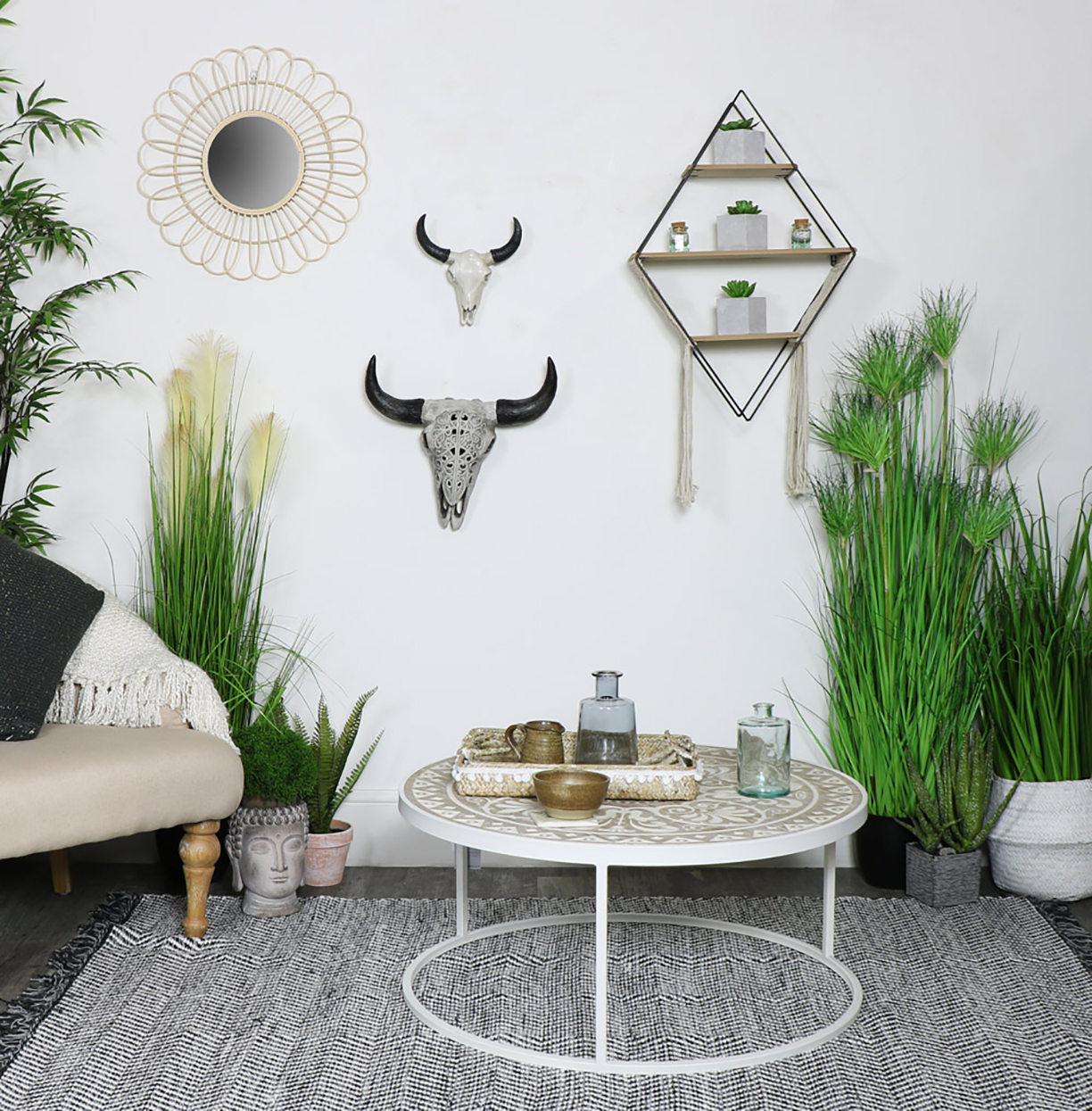
Photo courtesy of Melody Maison
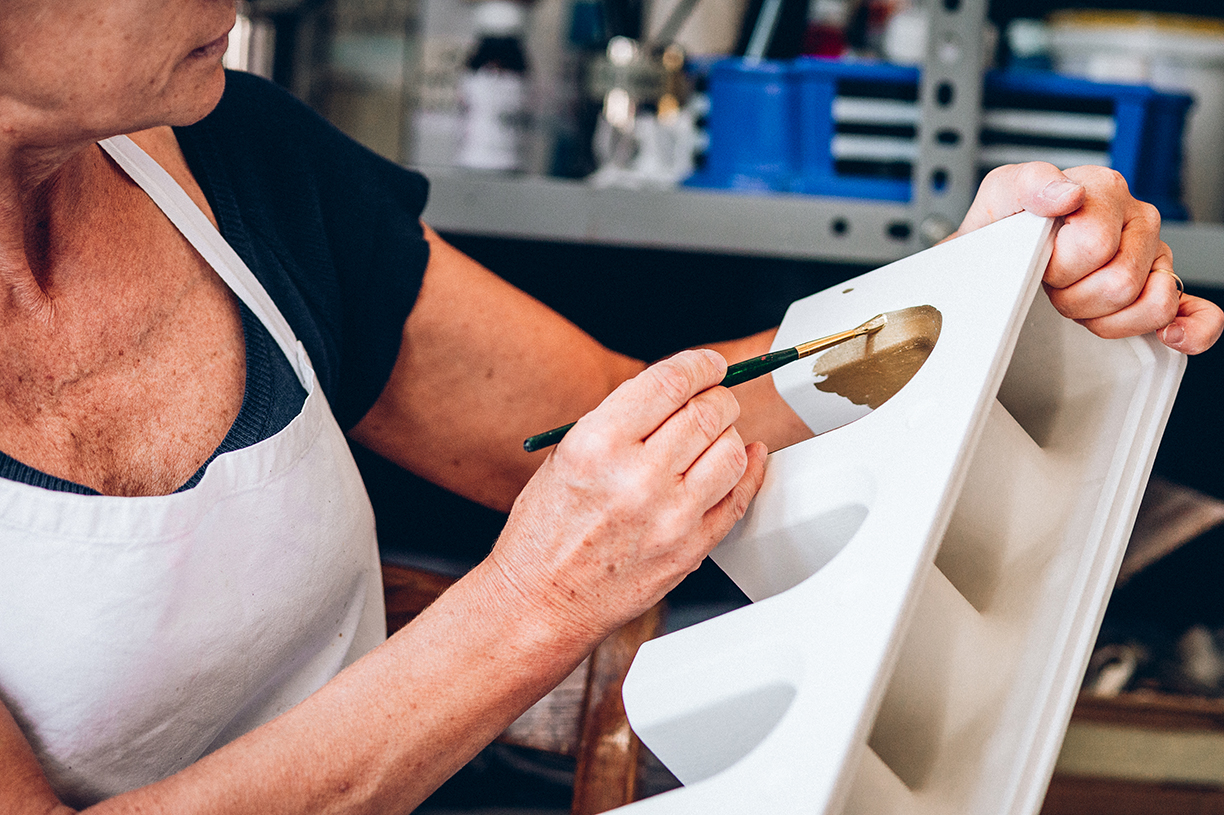
Photo by Giacomo Maestri.
New design brand LATOxLATO, founded by the young architects Francesco Breganze de Capnist and Virginia Valentini, presents its first collection of furnishings and objects that strives to tell a story of true passion for Italian design. Exclusively made in Italy, LATOxLATO uses the finest materials and refined techniques, all built on a search for the best artisans and craftspeople.
“LATOxLATO comes from the wish of bringing the artisans’ knowledge passed down across generations to the public,” say designers Breganza de Capnist and Valentini, “and make people realize that in Italy we still have a great tradition of true masters of the art that mold one piece at a time with their hands … Our mission is to show the consumer everyday objects in a different way from the one they are used to seeing them, freed from the constraints of the usual trends through the constant dialogue between art, aesthetics and functionality.”
The duo is usually inspired by day to day life, taking their personal memories as well as the architecture of Italy and transposing generalized design concepts into household pieces. For those looking to outfit their home, both designers say that these pieces help to “tell a story about [the] owner.”
“Each product has a unique and recognizable identity and is meant to embellish its new home and also bring value to its new owner. The goal is to give the consumer the chance to own a very unique piece that tells a story about him, what he likes and what are his dreams.”
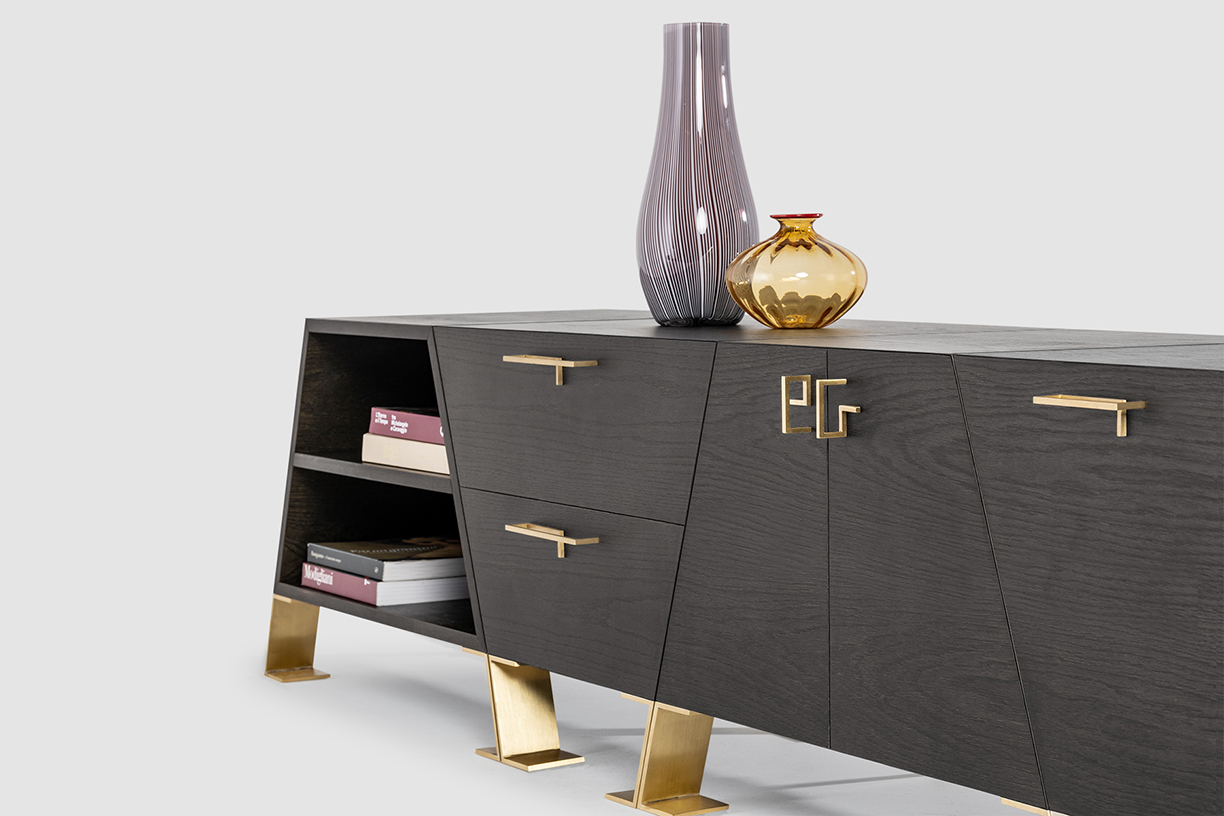
There are several pieces in the collection, varying in look and purpose. The Fourmosa storage chest draws on the clean formal lines of classic Italian design from the 1950s, updated for the modern age.
The piece is in varnished oak, with masterfully carved sharp edges bringing a sense of continuity to the surface. Designed to fit together in infinite combinations, these pieces create a dynamic, personalized piece that can even be expanded over time.
The trapezoidal modules easily lend themselves to various free combinations, without the use of joints.
Photo by Matteo Imbriani.
1950s design also provided inspiration for Aracne, an unconventional coffee table with an unexpected eight-legged silhouette. Its round glass top seems to float atop the elegant zoomorphic structure, solid and airy at the same time.
Its eight wooden supports, with rounded edges that allow the top to nestle into place with a natural elegance, create an evocative visual rhythm, interacting with its surroundings by projecting delicate threads of shadow into the light.
Precise woodworking and organic design make Aracne an elegant presence full of personality.
Photo by Giacomo Maestri.
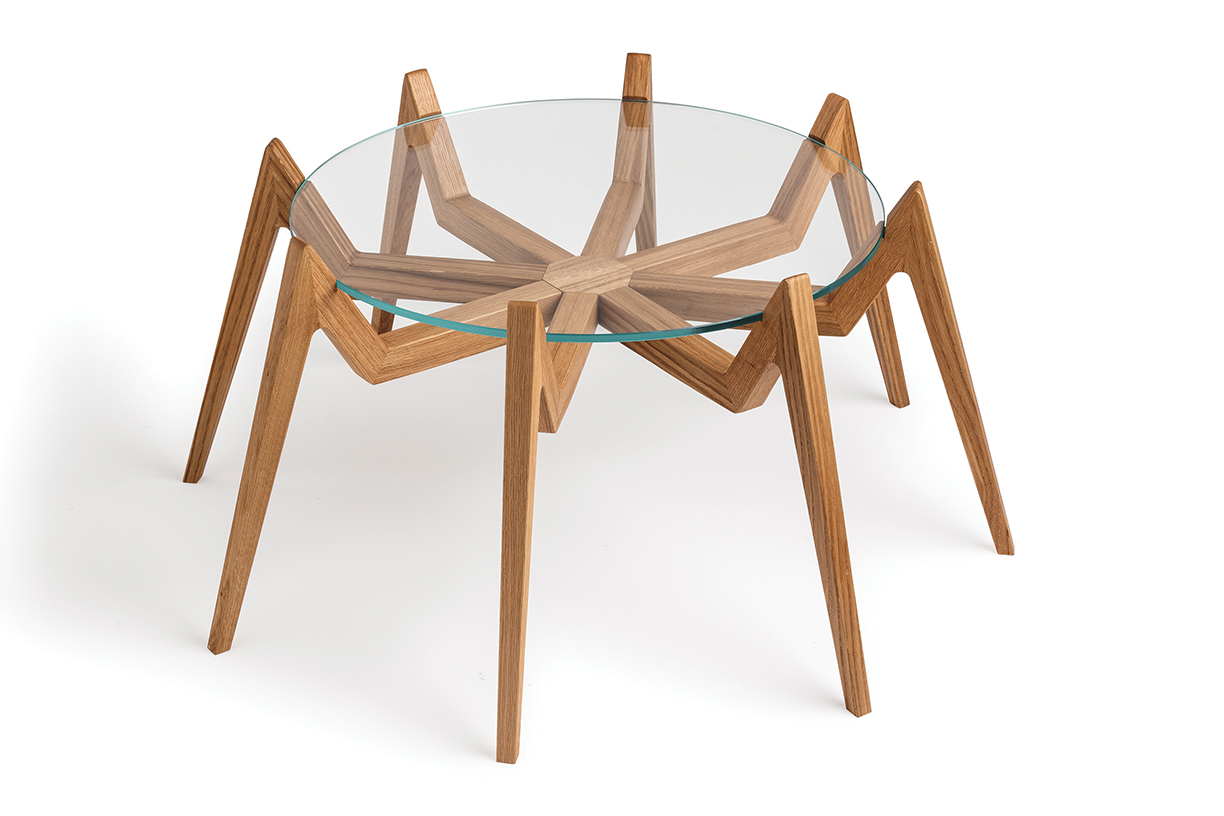

Candleholders, vases and a centerpiece are a tribute to the Italian art and architecture that inspires their form and character.
The Vestalia candleholder boasts the natural elegance of the most precious marbles, from Carrara White to Carnico Gray and Imperial Green.
A complex process of water-jet carving, entrusted to historic Venetian ateliers, brings out the stone’s edges and veining.
Their design, rich in tactile emotions and interactive possibilities, makes them objects of compelling sculptural presence.
Photo by Matteo Imbriani.
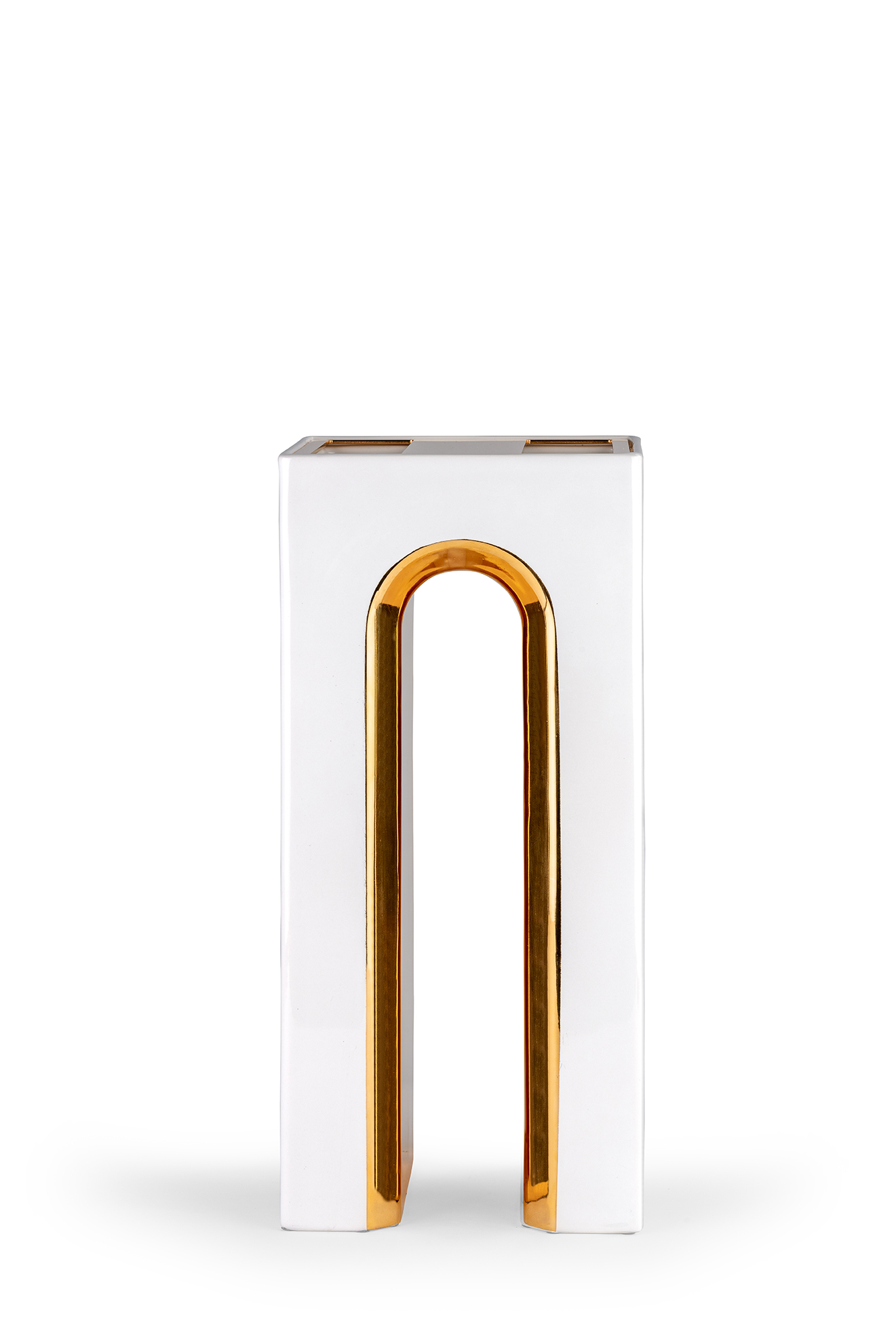
The arched ceramic vases Marcello, Massimo and Vittorio offer a subtle allusion to Italy’s Palladian villas and palaces and to the perspectives of Metaphysical art.
The detailing in precious 24k gold or platinum creates reflections of light and motion in perspective.
The pure white of the surface showcases the precious glaze finish and the imperceptible differences in intensity that come from handmade artistry.
Left photo: Marcello; Right photo: Massimo
Both photos by Giacomo Maestri.
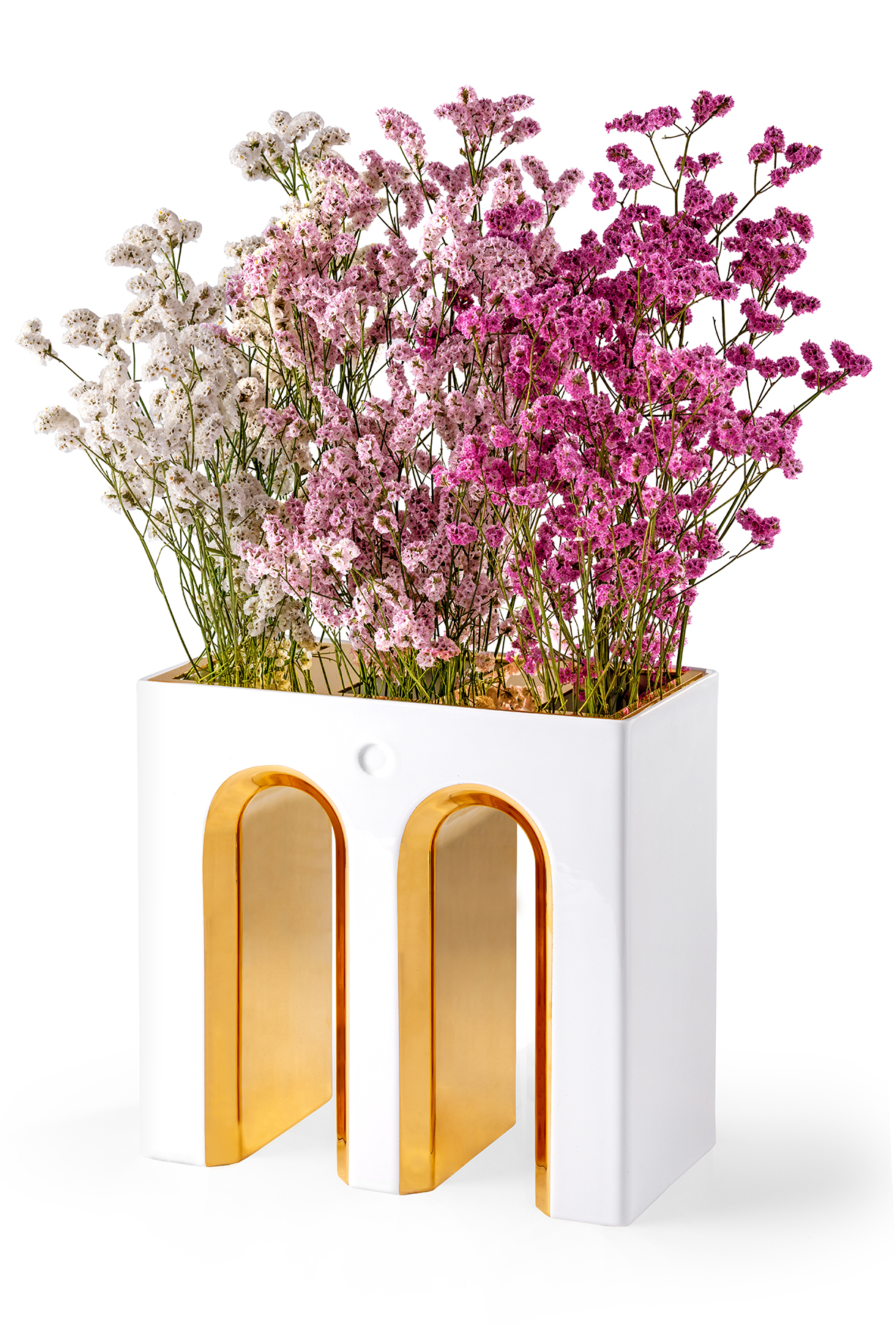
The beauties of artisanal ceramic return in the Sophia table centerpiece, inspired by the great piazzas of the città d’arte, Italy’s “Cities of Art.”
A meticulous study in proportion, Sophia presents itself as a scale model of the arches and porticoes of Renaissance architecture.
The result is an abstract geometric form, rich in sensory character and vibrant with luminous details that enrich the pure white of the ceramic.
Photo by Matteo Imbriani.
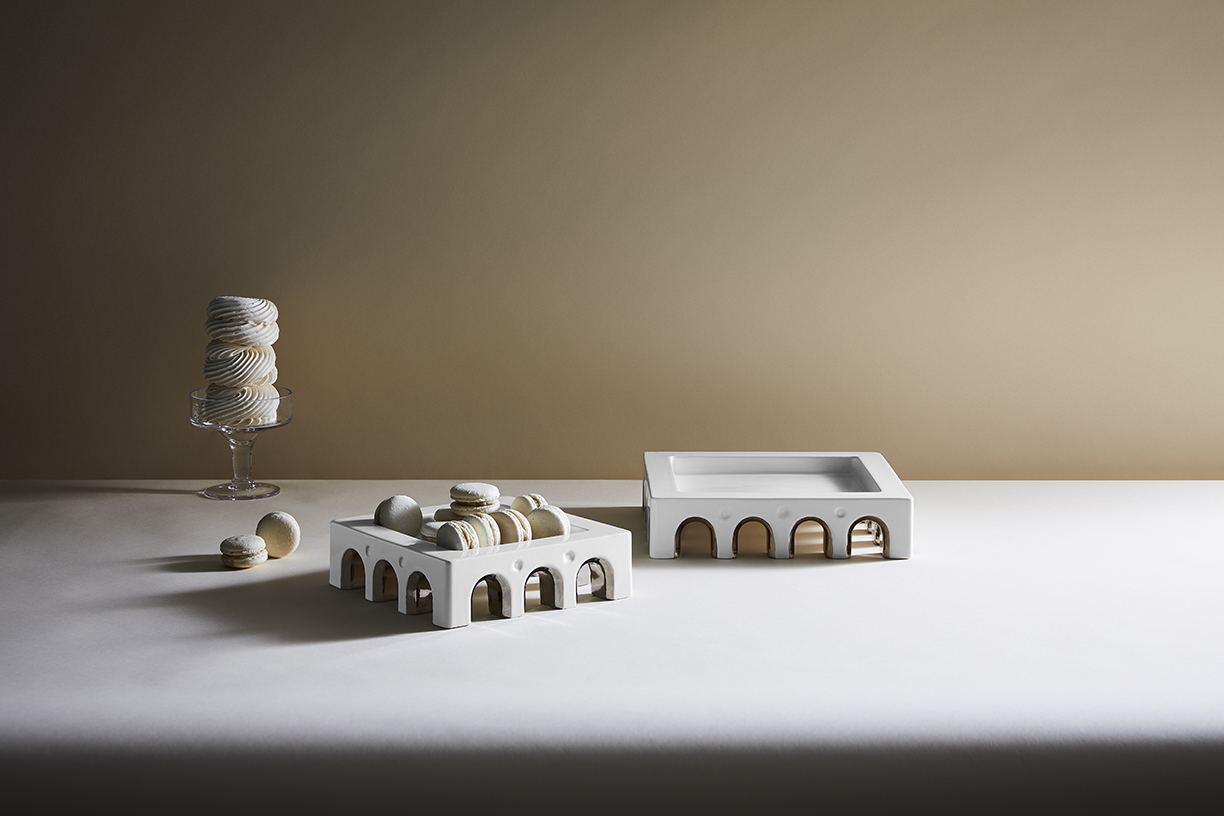
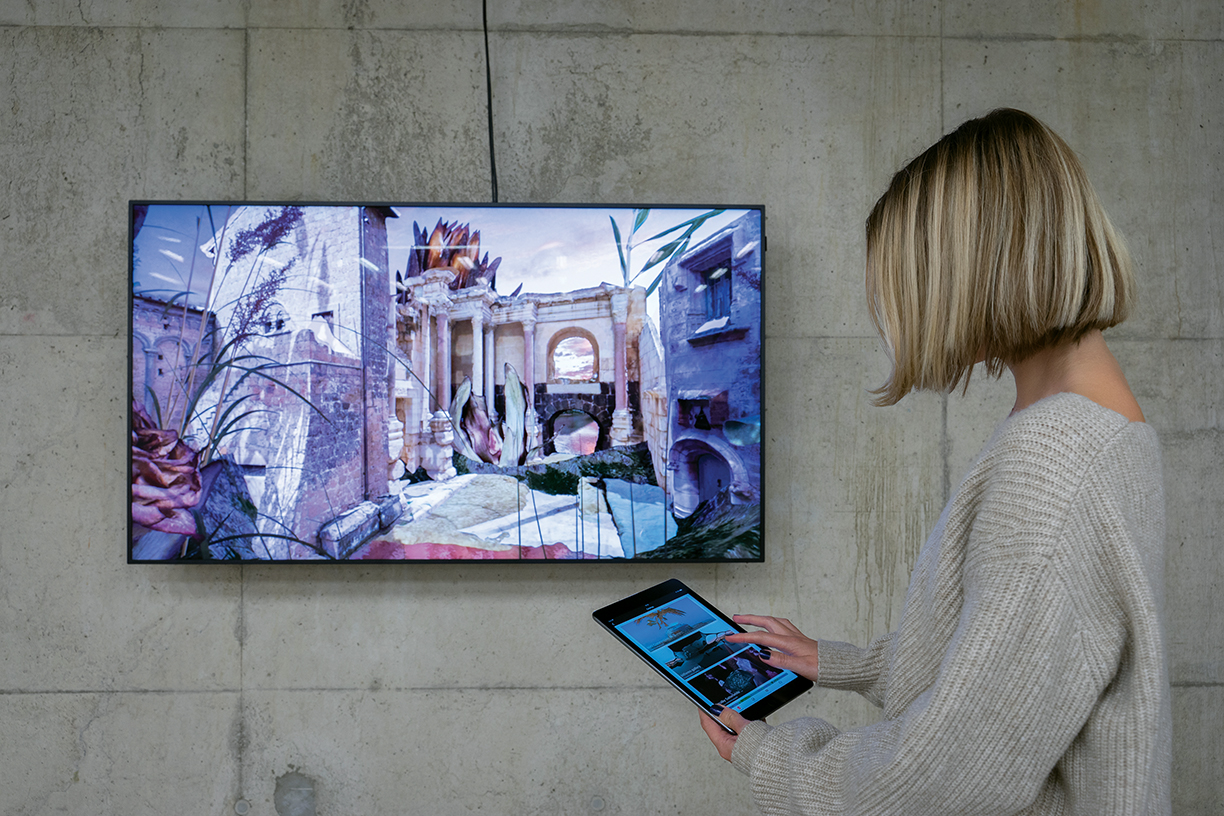
Photo courtesy Niio.
Smart technologies and artificial intelligence are changing the way we consume art.
While many treasured works of art are safely contained in notable museums or in the homes of experienced collectors, a new tide is cresting along the shores of the art curation field with the influx of digital art.
Digital art, more widely known as new media art, is an interesting sector of the art industry to define, even for Beryl Graham, who is a professor in New Media Art at the University of Sunderland. She notes that the roots of this art form have drawn inspiration from a range of movements, from conceptual artwork to video art, which also began in the 1960s.
“It’s broadly digital but [it’s also] the kind of art that works in different ways in different kinds of behaviors,” Graham notes. One fascinating example would be an exhibition of software art in which the software, sometimes even artificial intelligence-based artwork, can learn and grow on its own. Graham explains that an artist might start a piece of software and watch it evolve, perhaps give it a virus and watch, showing to the audience that the “end point isn’t quite under the control of the artist.”
Magdalena “Magda” Sawon, owner of the contemporary art gallery Postmasters Gallery in New York, says that the digital age has only heightened the senses of curators and artists, who are traditionally at the forefront of new developments in culture and technology.
“Technology is a tool,” she notes, “it is also a moving target and changing constantly. The question is to be aware of new developments and adapt it intelligently to one’s needs and benefit.” Fittingly, as artists have been harnessing the power of technology within the art industry, curators and galleries have had to “keep up with the times,” and embrace digital forms of artwork and the systems and methods in which they are displayed.
Donna Holford-Lovell, director of The North East of North festival (NEoN), notes how the incorporation of interaction and participation into art displays appeals to today’s technology-savvy audiences that have been gradually reinvigorating focus on the digital art world.
“The idea of ‘curation’ has become ubiquitous and our audience is seen to be curating many aspects of their own lives,” Holford-Lovell says. NEoN is an organized event that aims to advance the understanding and accessibility of digital and technology-driven art forms by having the artist and curator work together to translate “the spectacle of experience,” via digital platforms within physical spaces, like virtual reality, artificial intelligence, and even social media.
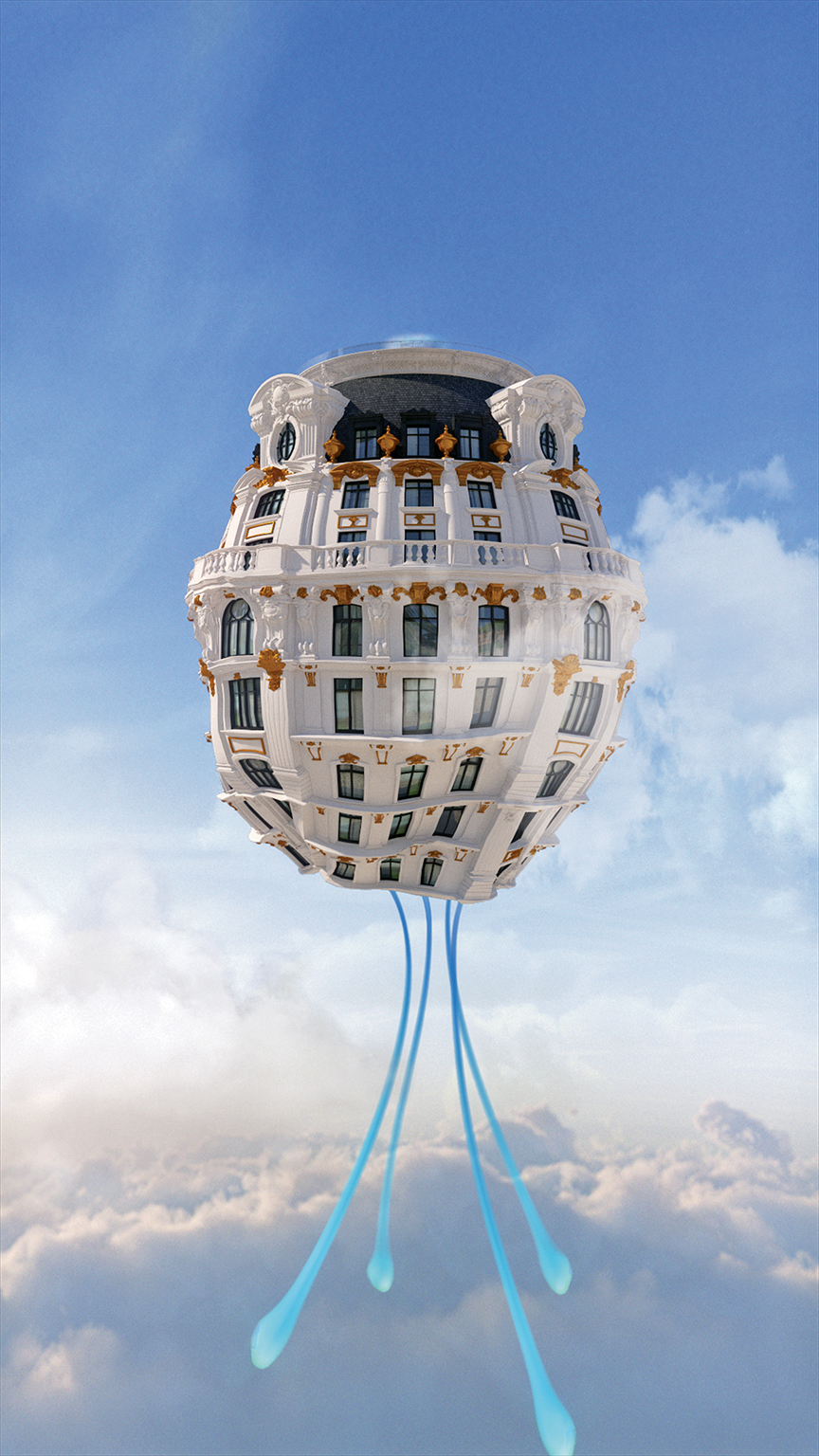
JONATHAN MONAGHAN (US)
The Phoenix and the Medusa (2018), Video, 7 min 69 sec, Edition of 30, Niio Commission Series.
With systems and platforms, from artificial intelligence to online-based forums, both artists and curators now are developing larger platforms and databases to contribute toward. As well as an educator, Graham is co-founder and editor of the Curatorial Resource for Upstart Media Bliss, or CRUMB, a resource for curators of new media art that aims to help overcome any challenges presented from this rise in digital art, from installations to networks of artists and individuals versed in these practices.
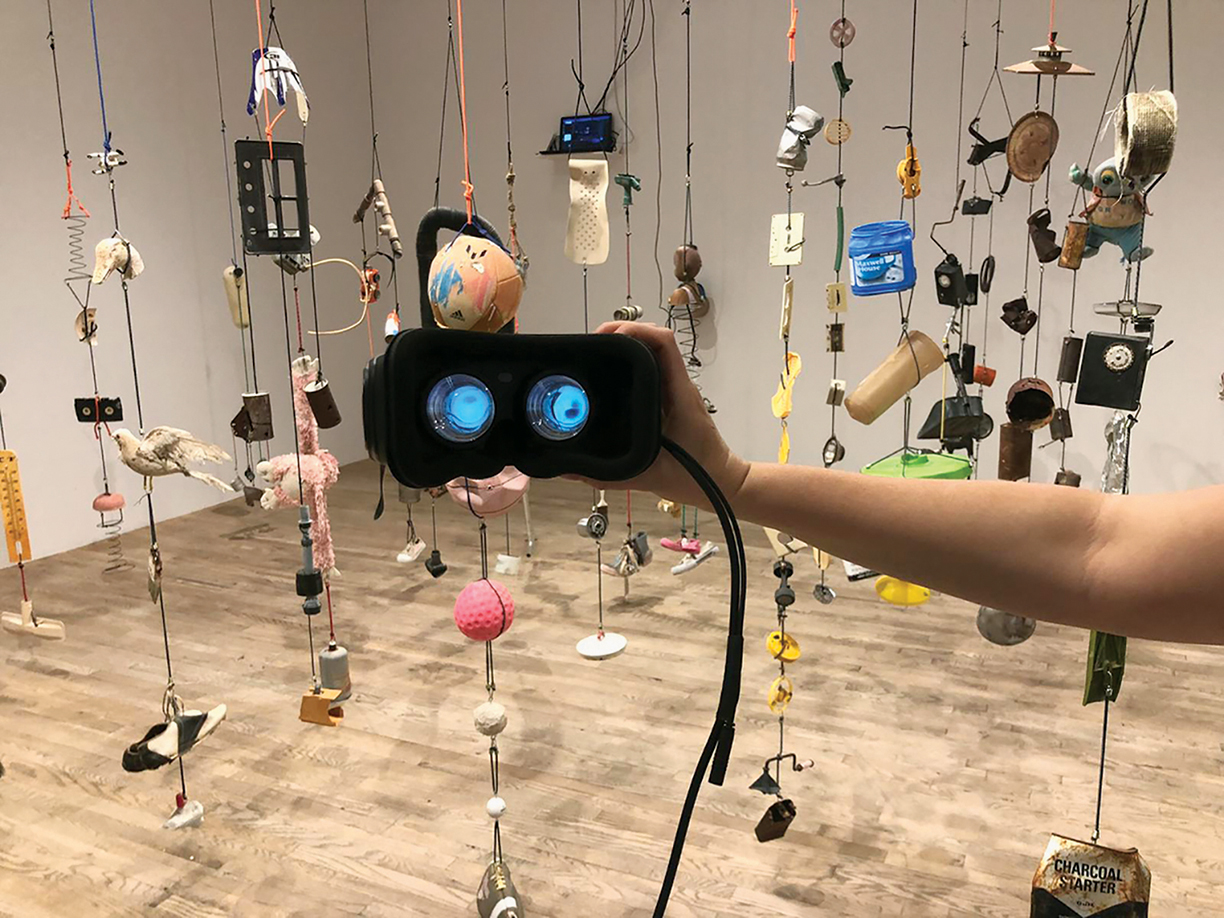
PERRY HOBERMAN
Suspensions (2018), VR and mixed reality installation, Postmasters April 2018.
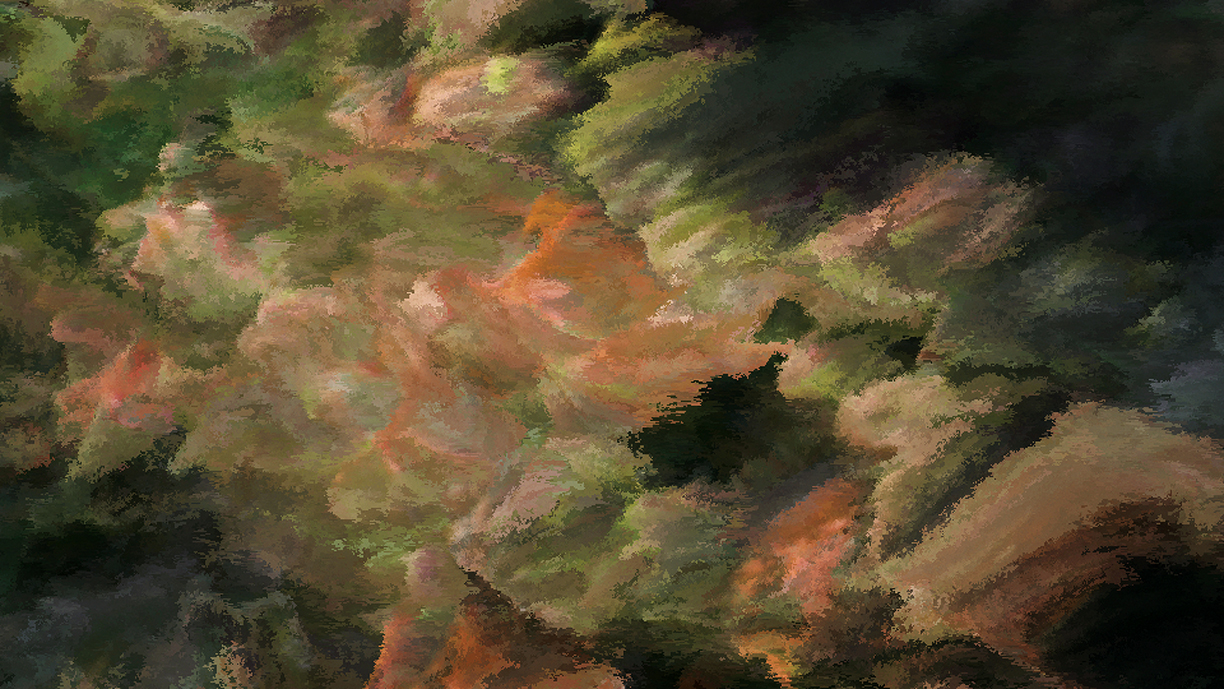
QUAYOLA (UK)
Camouflage (2018), Moving Image, 6 min 4 sec, Edition of 30, Niio Commission Series
On the luxury spectrum of art curation, Niio is a brand integrating digital art and technology-driven forms of collection and distribution that surges past the limitations of traditional artwork. Niio is an art and tech company aimed to enable the exposure of digital artwork in a time that to the company feels like a fourth industrial revolution.
“Art has always reflected the world we live in,” says Rob Anders, CEO and co-founder of Niio, “and artists will create their art with any tool they can access.” In today’s world, that tool has come to be technology. Anders, who understands the eclectic background of digital art from conceptual and video art, wanted to help designers and architects best fit homes with the art of today, and after speaking with top galleries he found that what’s really needed are new models of both the business and technological side that reach a broader audience — even better: one with a subscription.
“We envision a world where in homes people will have more digital canvases with interactive or immersive works, all on a centralized connected system that can very easily change,” Anders says, with access to top artists in the world in this ecosystem of artists, galleries and collections all on the Niio platform. Luckily, the CEO notes, the technology is “already there,” from artificial intelligence in devices like Amazon’s Alexa devices to smart televisions, all devices that can easily work with the Niio platform to display digital artwork.
To those interested in having access to the “world’s finest art accessible on-demand,” Niio is open as a limited edition membership at about $5,000 a month, with access to curated exhibitions and collections, or art “playlists” of over 7,500 art pieces on the platform that can be easily changed and displayed on devices like smart TVs, projectors, screens, et cetera, which can be installed by Niio technicians as well.
“Art curation is telling a particular story,” he says. “In order to give people these digital works, it’s not about just finding the individual works, it’s about giving people the ability to learn about the works they are looking at,” he says.
New York designer Aimée Wilder explores Eudaimonia, a Greek word commonly translated as happiness or “human flourishing,” in her collection of wallpapers, fabrics, rug and accessories. From the effects of the moon on the evolution of the natural world to the impact of astrological phenomenon, Wilder captures the many ways surroundings can influence our psychological state, and contribute to overall wellness.
“This collection was born through finding balance and stability in my own life,” says Wilder. “Once I learned that living to work instead of working to live, along with incorporating methods like Vedic meditation and natural healing into my daily routine, was able to create a peaceful environment around me, I hoped to thoughtfully reflect that feeling in each design.”
Eudaimonia consists of two wallpaper and fabric patterns, Pyramide du Soleil and Earthlight, with an additional rug pattern, Eclipse. All three patterns reflect the natural balance between the Earth, the Sun, and the Moon, evoking the beauty of cosmic balance. With this collection, Wilder introduces a new construction for commercial fabrics, tested for 50,000 double rubs and available with a range of protective coatings including anti-microbial and stain coating. In addition, for the first time, Wilder will offer wallpaper printed in Brooklyn, New York, where she resides and operates her design studio.
Pyramide du Soleil is a subtly optical pattern manifesting the ancient Sun’s shadow and its balance with the earth, Pyramide du Soleil features pyramid and Sun as they represent the illusive quality of time. It integrates pyramids and circles with sophisticated diagonals and horizontal stripes, inspired by the continuous synchronicity that exists between the earth and the Moon.
Earthlight focuses on the waxing and waning cycles of the Moon’s phases in an eye-catching, geometric pattern across wallpaper and fabric design. Named for the scientific phenomenon in which sunlight reflected from Earth’s surface indirectly illuminates the otherwise dark side of the Moon, Earthlight is sure to brighten any space.
Eclipse showcases the inversion of colors in this rug design suggests the effects of an Eclipse, a harbinger of change in the daily life that acts as a guiding hand when questioning one’s path. With a boldness that invokes a new take on a vintage aesthetic, the Eclipse rug comes in a range of warm tones that will add a welcoming touch to a room.
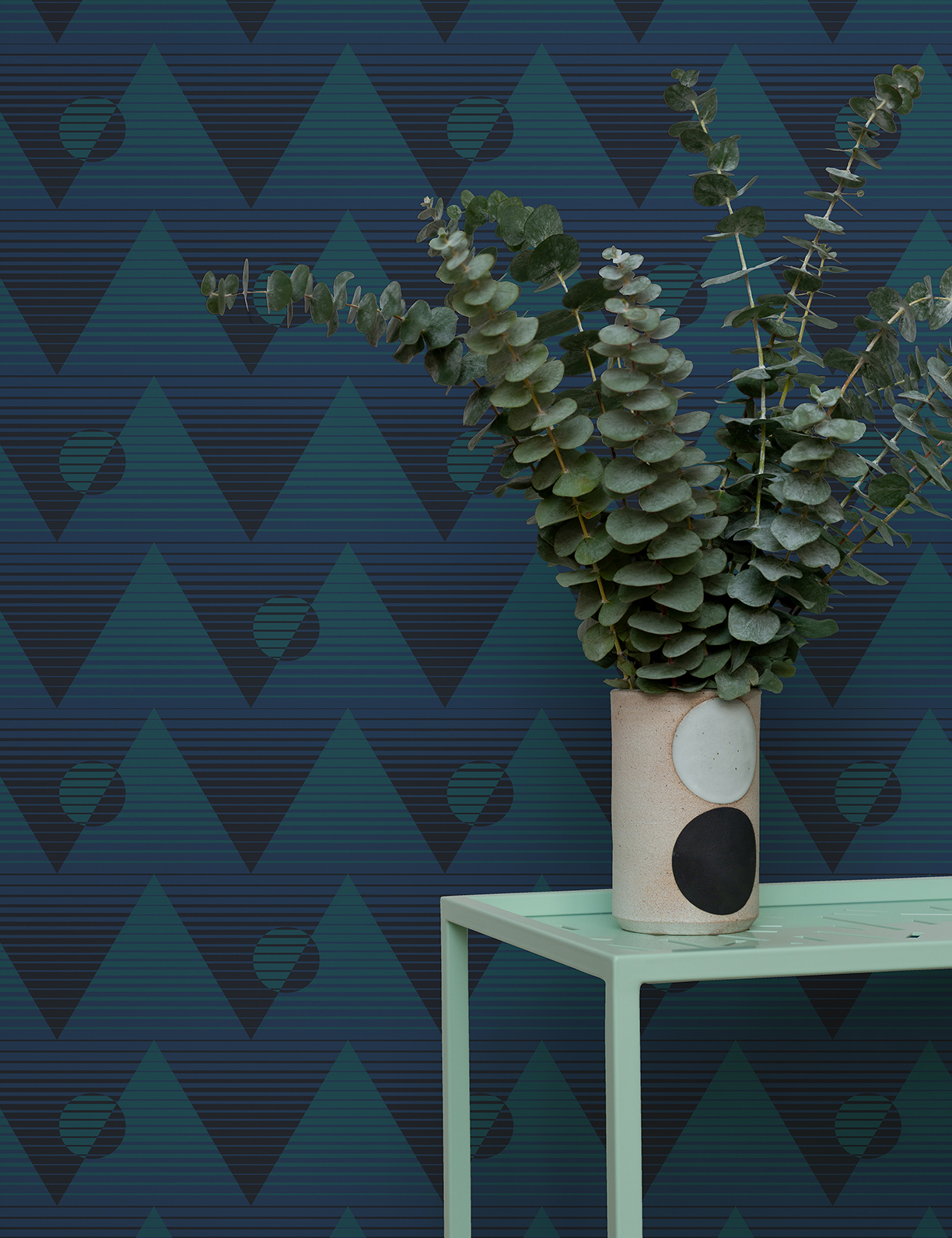
Pyramide du Soleil
Photos courtesy Aimee Wilder.

Eclipse
Photo by ©Dylan Chandler 2018.
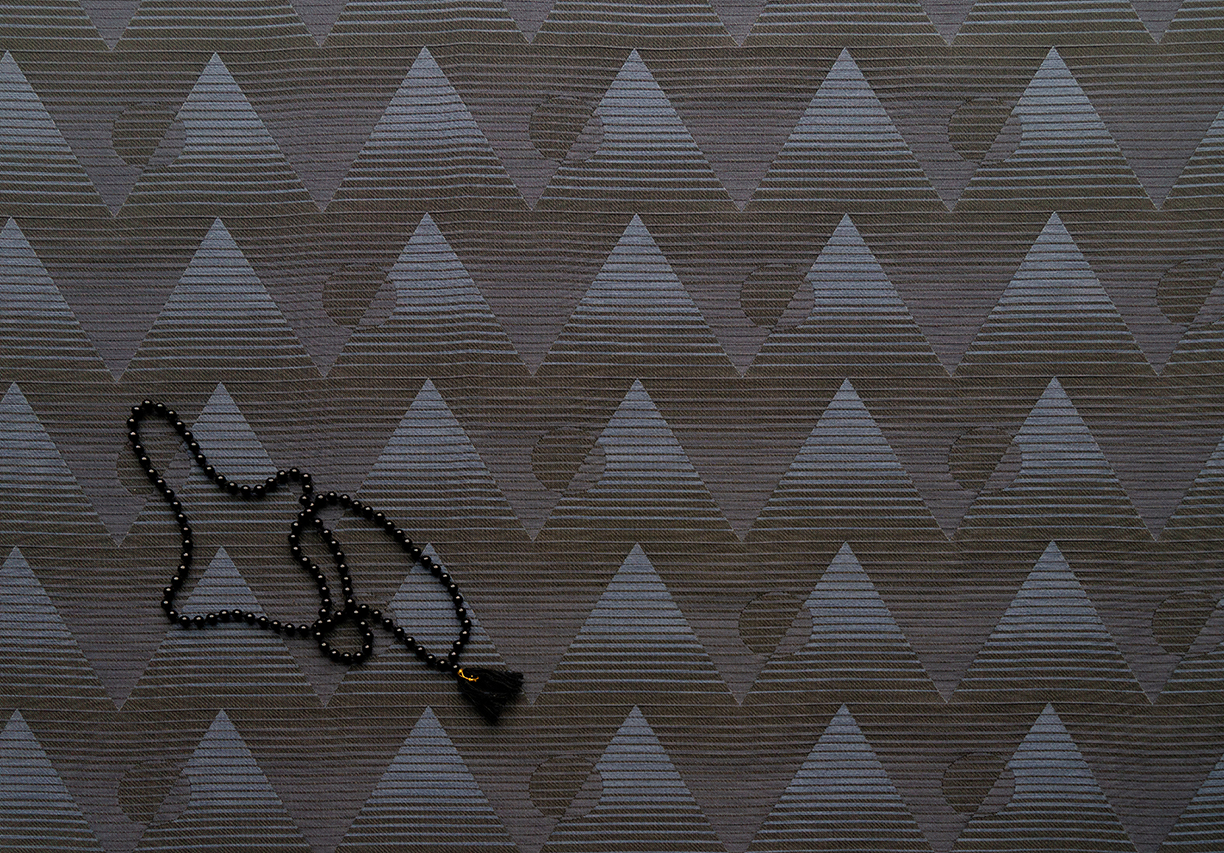
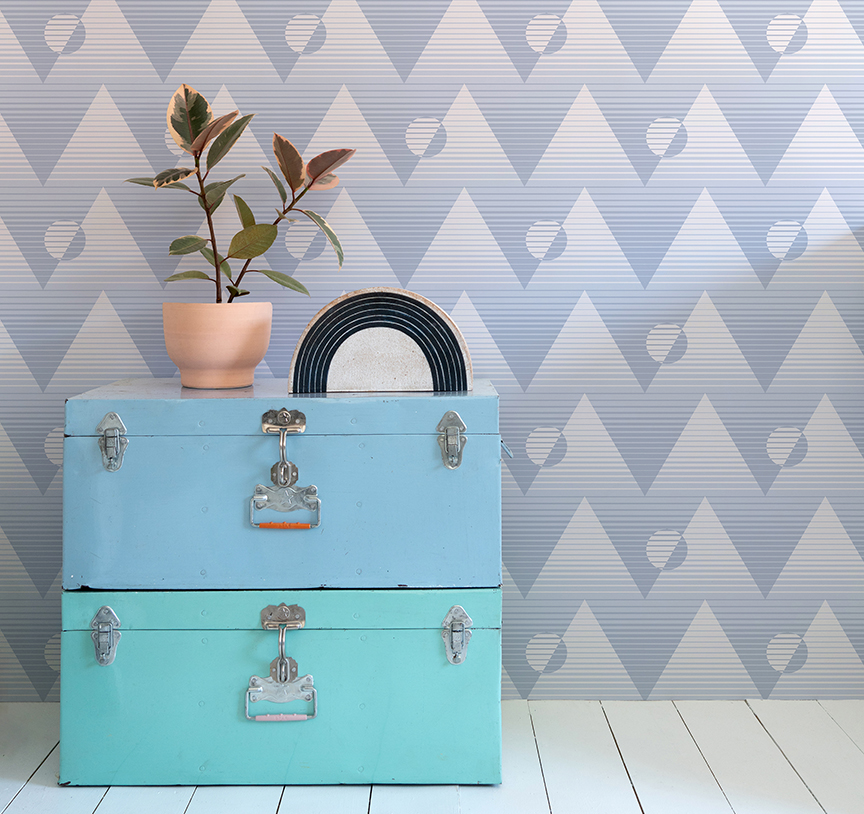
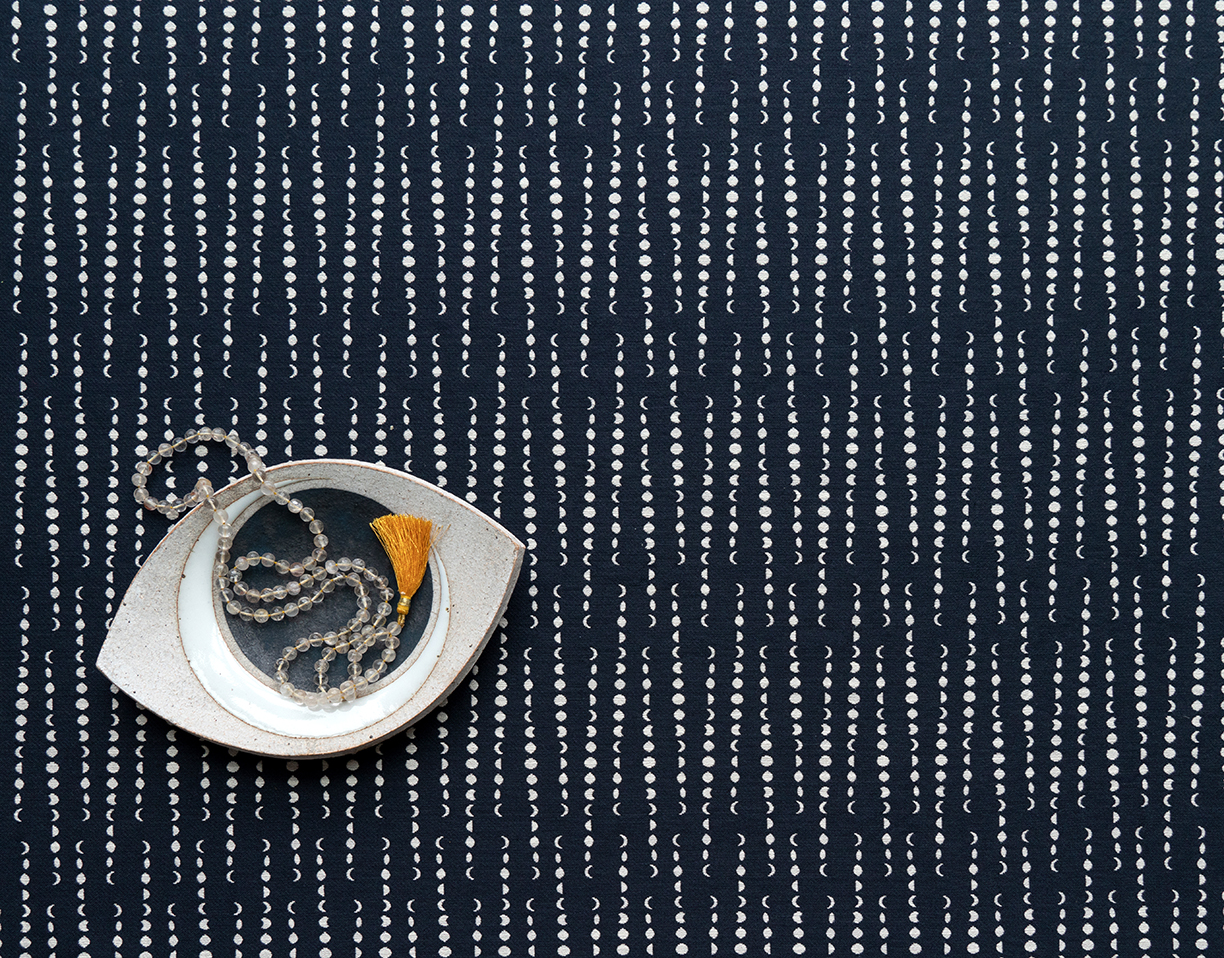
Earthlight
Photos courtesy Aimee Wilder.
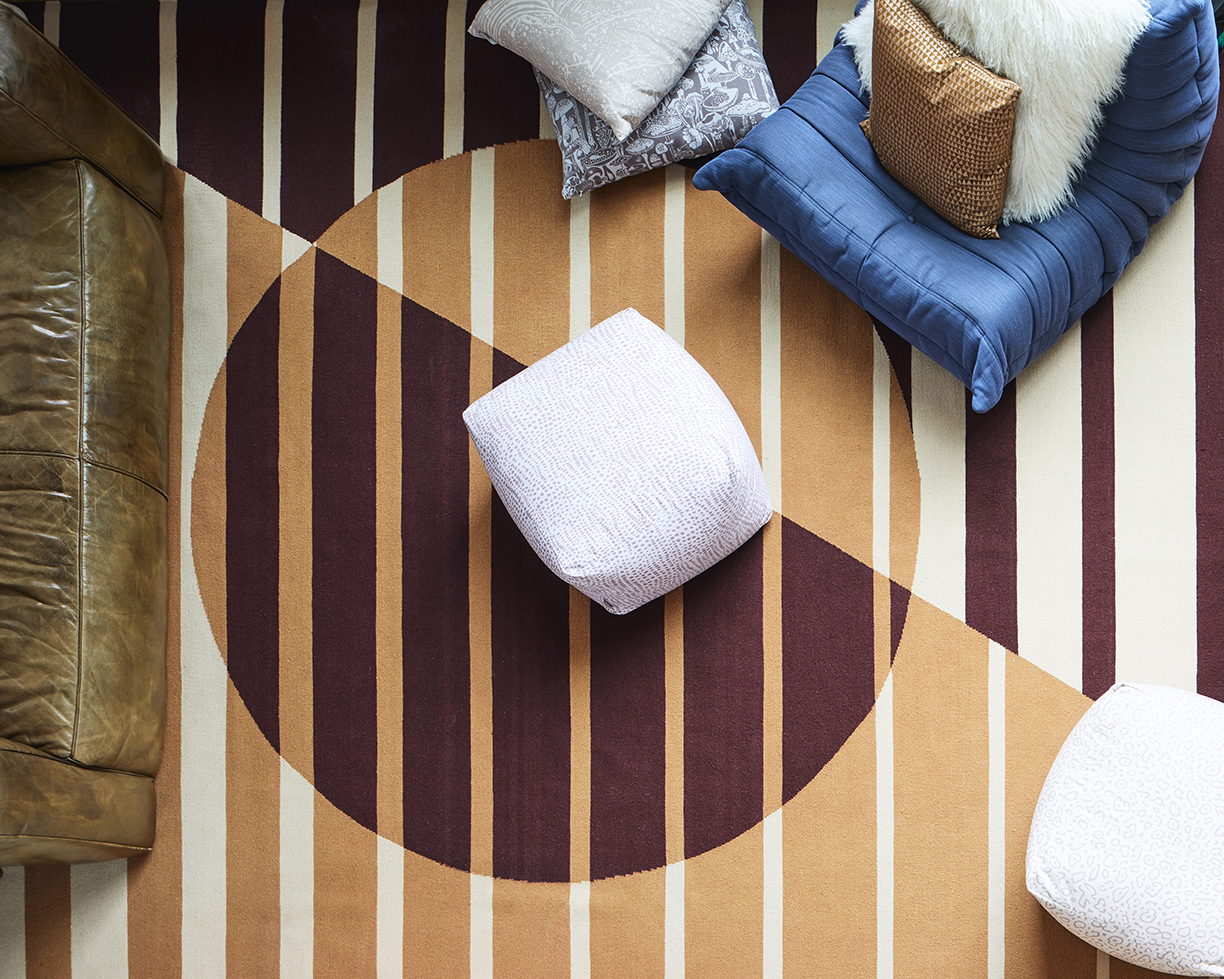
Thermador, the iconic luxury home and kitchen appliance brand, is kicking off its fourth Kitchen Design Challenge, with new categories and prizes, allowing professional designers, builders, architects, remodelers, kitchen dealers and — for the first time in Thermador contest history — students to get involved.
All 44 of the regional winners will also win a trip for two to the exclusive gala in Southern California in 2020, where the national winners will be announced.
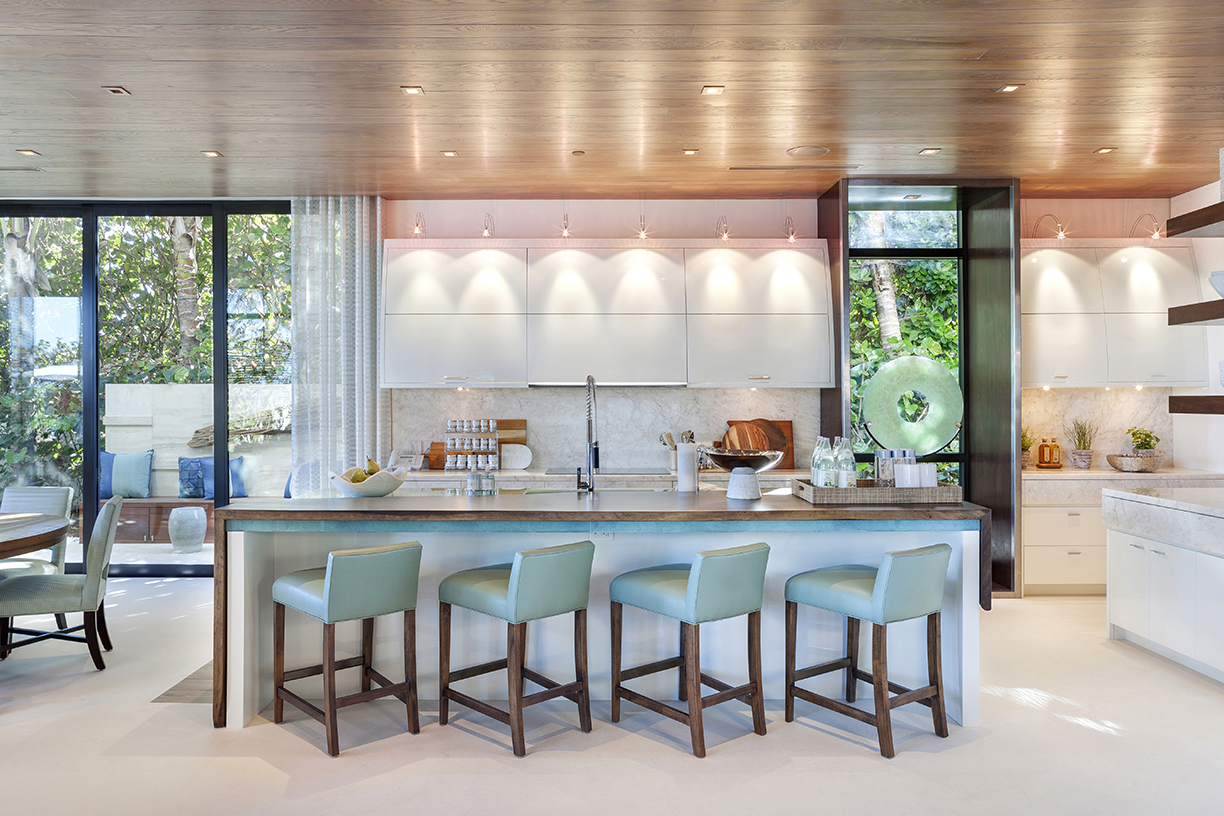
Image courtesy of Marc Thee
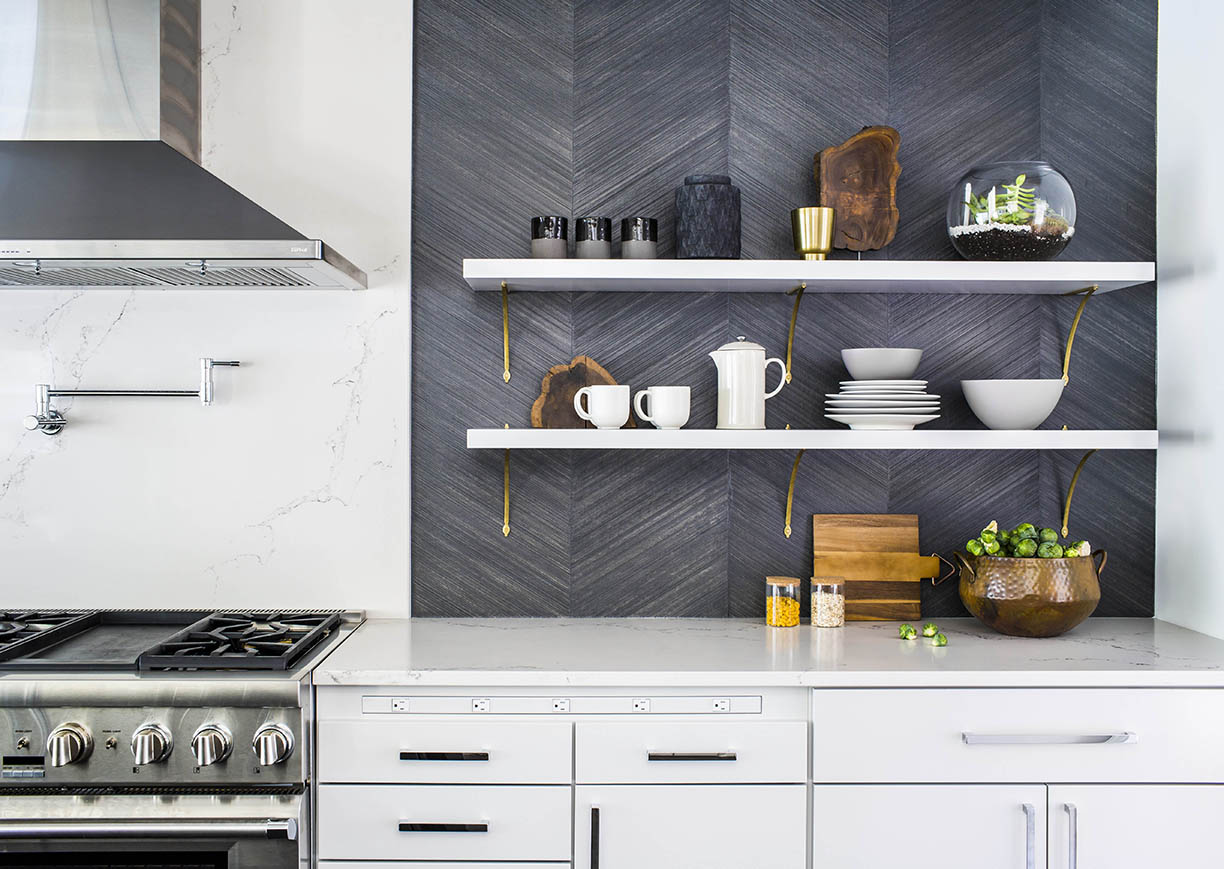
Image courtesy of Ili Hidalgo
“When it comes to marrying groundbreaking innovation and stunning design, Thermador leads the industry — empowering consumers and trade professionals to make bold statements throughout the home,” said Beatriz Sandoval, director of brand marketing for Thermador.
Encouraging the established and flourishing design-build communities to showcase their creativity in any design style, this year’s Kitchen Design Challenge aims to attract the most innovative projects yet, with four all-new categories for submission: Exceptional Kitchen, Compact Kitchen Suite, Original Innovator/Out of the Box Space and the Student Concept Kitchen.
For Exceptional Kitchen, one national winner will receive a $25,000 grand prize, one second-place winner will receive a $15,000 prize, and one third-place winner will receive a $10,000 prize.
In the Compact Kitchen Suite category, the national winner will receive a grand prize of $5,000 for crafting a culinary space within 200 square feet and containing at least three primary Thermador products.
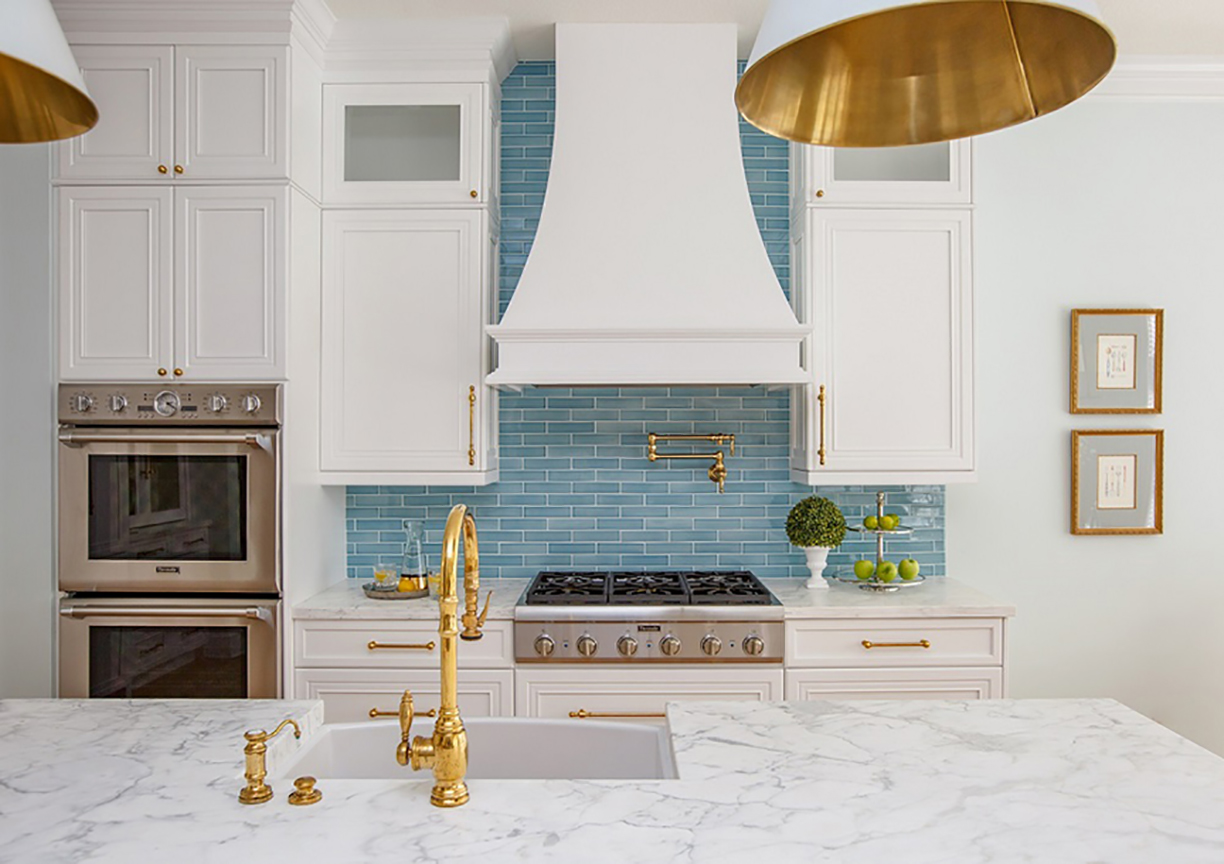
Image courtesy of Constance Riik

Image courtesy of Marc Thee
The national winner of the Original Innovator/Out of the Box Space will receive a $5,000 prize for designing a space outside of the kitchen such as a wet bar, personal gym, wine cellar or game room. The space must have at least two Thermador products.
And for the first time, the Thermador Kitchen Design challenge is including students in the competition. In the Student Concept Kitchen category, one national winner will receive a $5,000 cash prize for designing an exceptional kitchen for a hypothetical client. The space must be a minimum of 200 square feet, include at least three primary Thermador products and cost a maximum of $250,000.
Two more categories are also part of the challenge, including the Designer’s Choice, which will be chosen at the gala and receive a $5,000 cash prize, and the Fan Favorites category, in which five winners will be selected in a separate contest held in 2021 to receive a $1,000 cash prize each.
By breaking boundaries and the status quo in terms of kitchen design, vision and creativity, Thermador is allowing for others to do the same, creating bold ideas and bringing them to life.
The powder room used to be an afterthought, but for people who entertain this space has become an important design moment. In fact, when it comes to luxury condo buildings, developers are now going above and beyond to create distinct powder rooms that leave a lasting impression – with details like custom wall paneling, unique custom lighting and specially made marble vanities that highlight today’s style trends. To perfect your own powder room, we’ve come up with a few tips based on stylish New York residences.
Embrace the Selfie Lighting
Often small spaces, powder rooms can still offer a great place to capture that perfect Instagram photo, especially if there is good lighting. To create the perfect selfie space, lighting must be on point to not only adequately brighten up the space, as well as both capture the best pose and highlight the style and decor of the room.
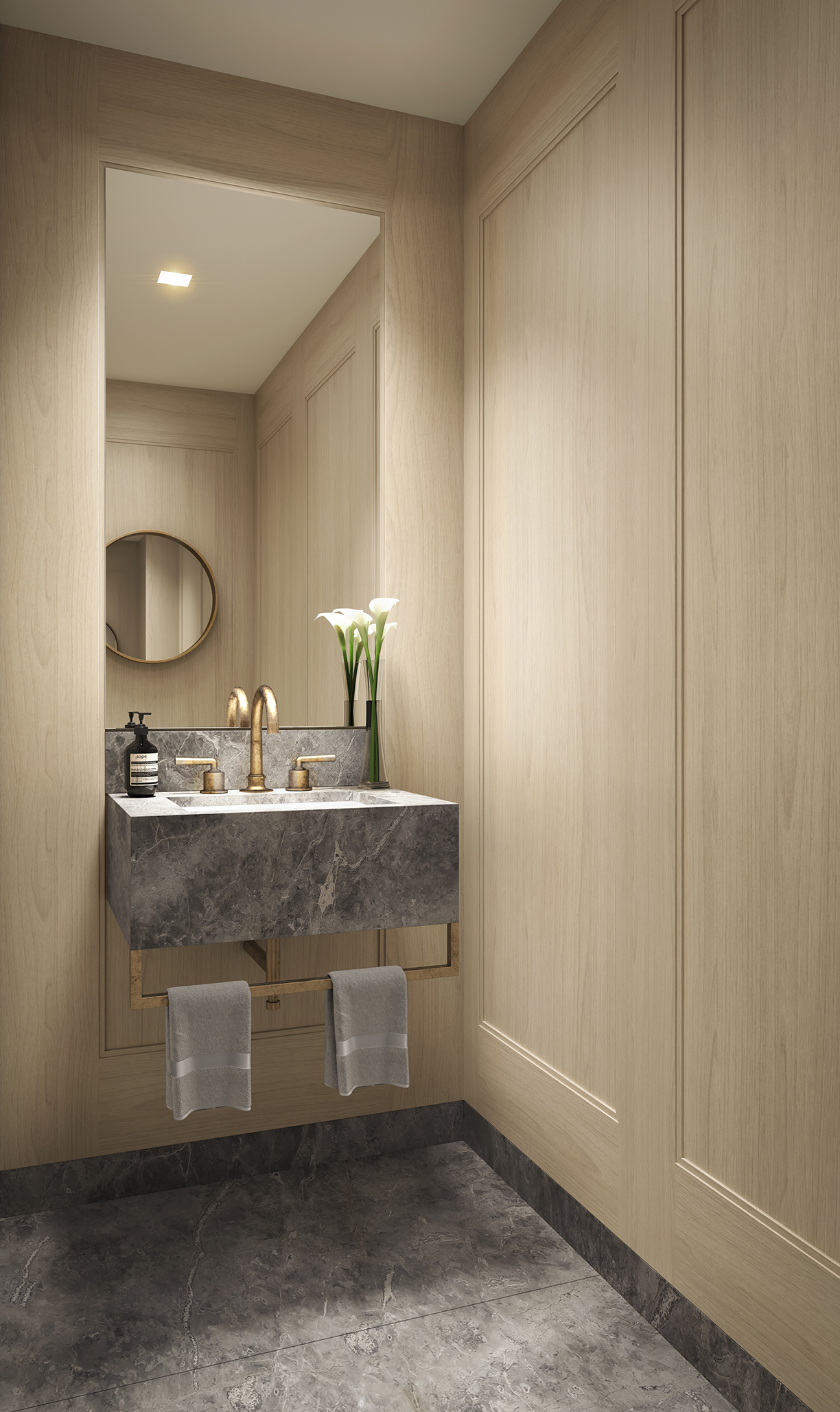
350 West 71st Street
Photo by Alan Hill / Redundant Pixel.
There is some flexibility in this regard. For example, this chic powder room located in one of the residences at 350 West 71st Street offers flawless, bright lighting, making it the perfect spot to apply makeup.
Soft light, however, offers some of the best places to take photos. A great example is seen at 555 West End Avenue, where the mellow glow of the lit mirror highlight the powder room’s luxurious features, from the custom Calacatta gold countertops to the Lefroy Brooks fixtures.
With this lighting choice, you achieve a warm, inviting aesthetic that people will spend trying their best to capture.
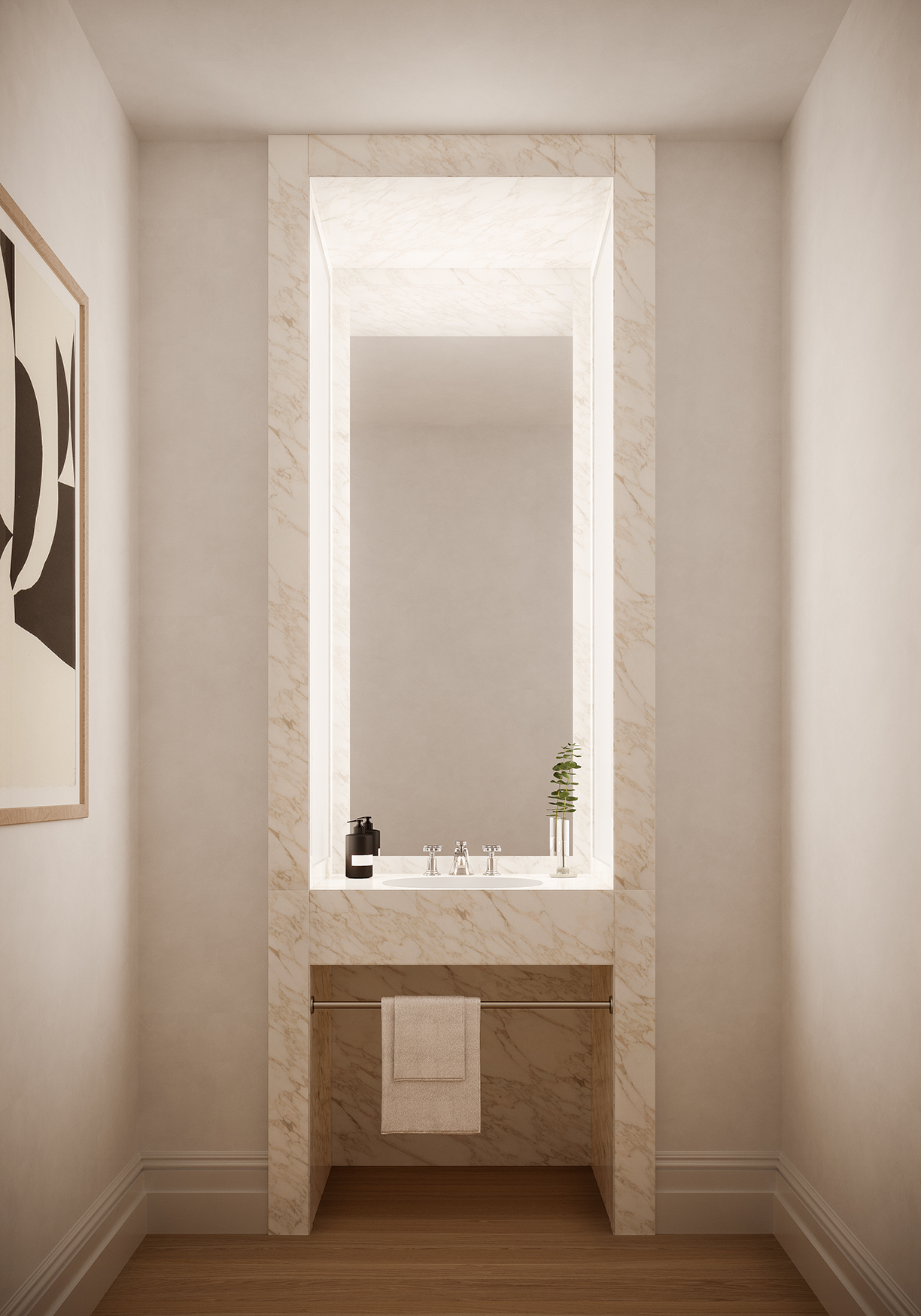
555 West End Avenue
Photo by Hayes Davidson.
Keeping Fashion-Forward
Staying on trend can sometimes be difficult when it comes to home design, so the best way to do so is highlight classic, elegant finishes that remain stylish over time, while incorporating accents and decor that is on trend. Some classic finishes are beautiful marble counters and sinks, black and white tiles or wallpaper, and metallic detailing.
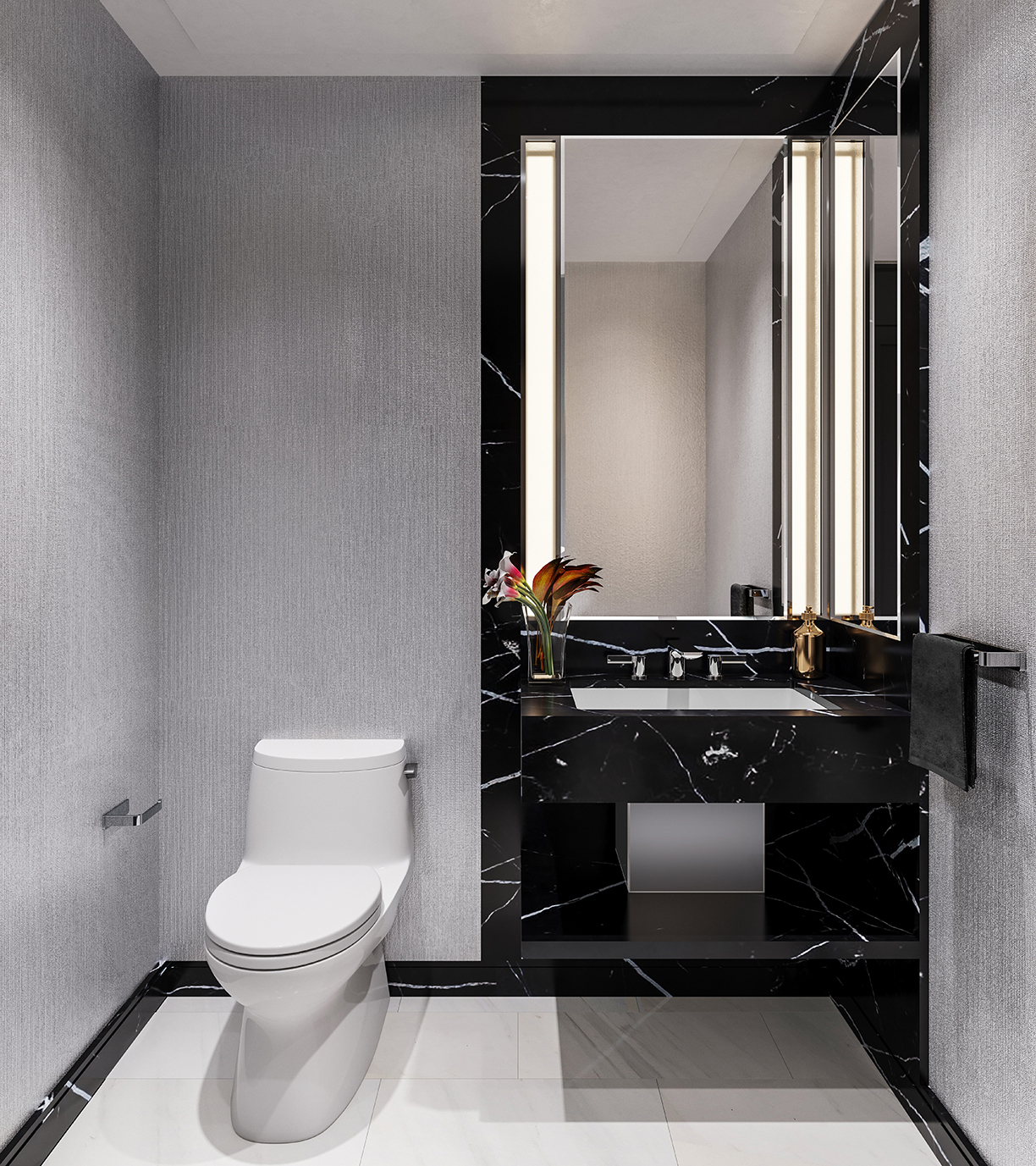
One Waterline Square
Photo by Noe & Associates with The Boundary.
Designed by celebrated architect, Robert A.M. Stern, 30 Park Place offers 157 residences, all managed by Four Seasons Hotels and Resorts.
Within the powder rooms of Penthouse 78B, marble vanities offer a minimalistic yet beautiful setting with its clean lines and silver accents, both elegant and modern.
The Champalimaud-designed powder rooms at One Waterline Square are jewel-box-like spaces fashioned in striking black and white marble.
Every bit as luxurious as the master baths, the sparkling powder rooms feature best-in-class materials and fixtures, including polished Bianco Dolomiti marble flooring, polished Nero Marquina marble vanities and feature walls, Dornbracht fittings, and more.
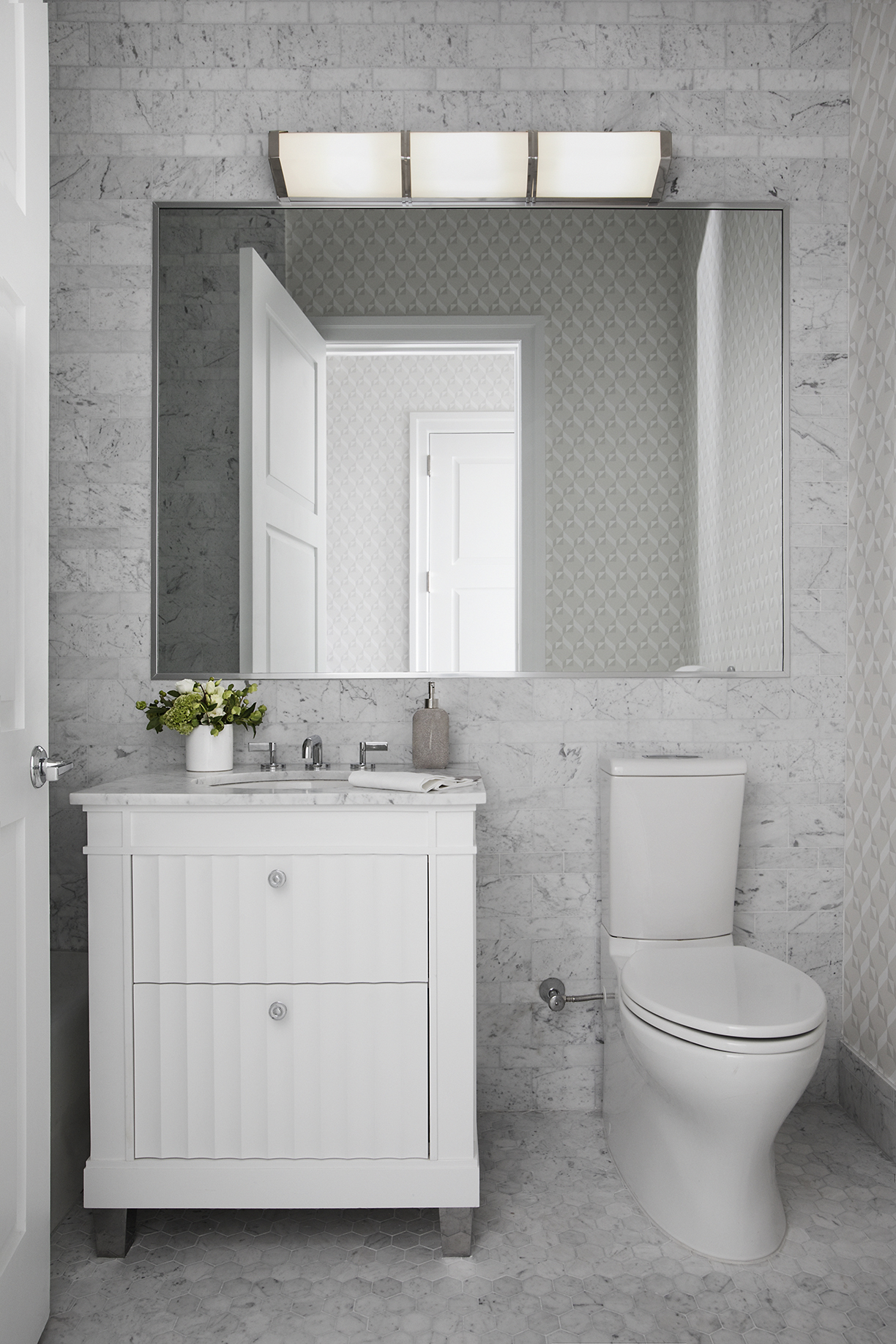
30 Park Place
Photo by 30 Park Place.
Customization is Key
No matter your style, custom finishes or accents are also a defining decor element that can make or break the style of your powder room. Detailed design elements and customized, select finishes make a strong modern statement, create warmth and elegance in every space. Not only will these be a unique focal point, but inspirational in design for those looking to spruce up their own spaces.
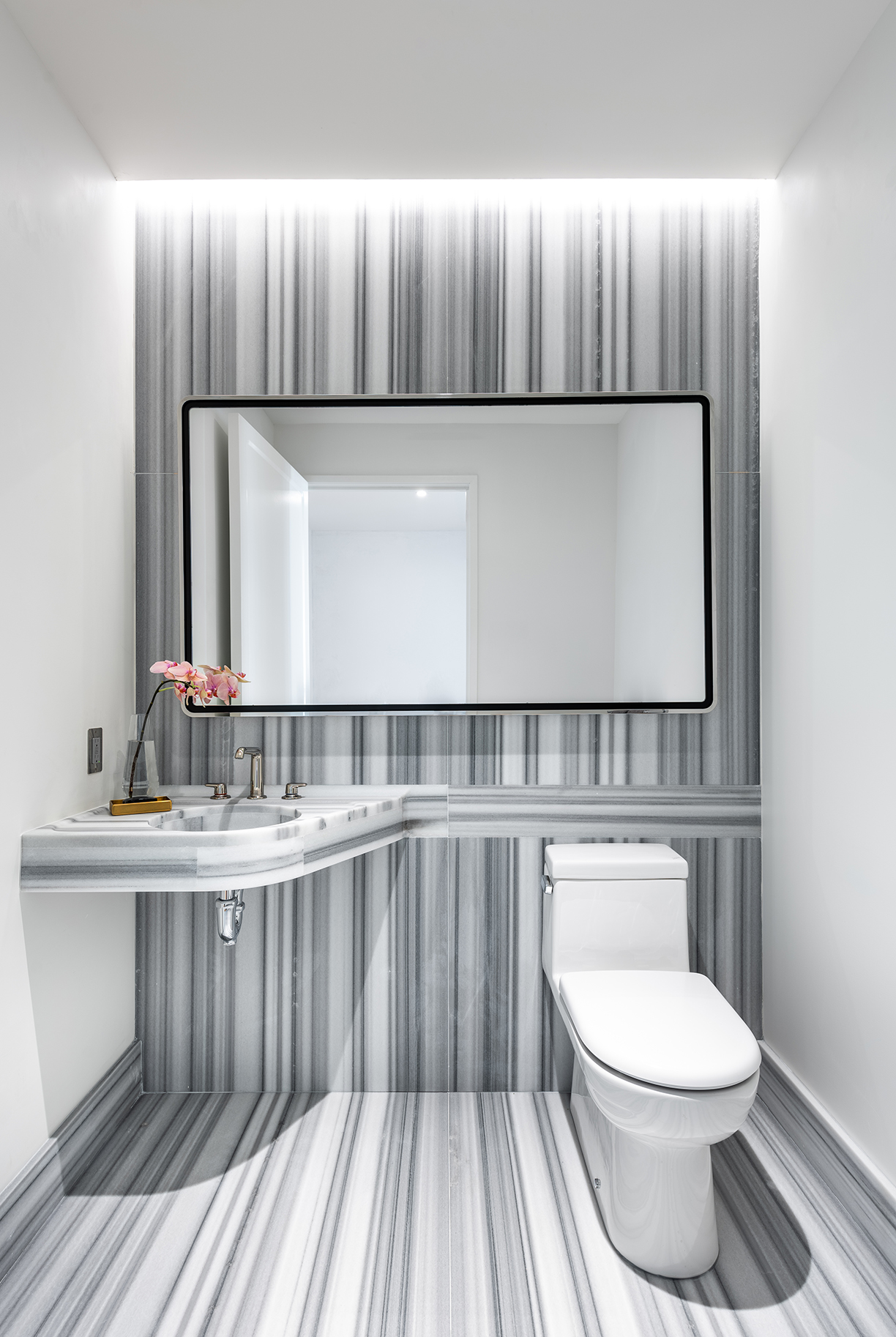
Greenwich West
Photo by Alan Tansey.
Located at 110 Charlton Street, Greenwich West’s interiors have been beautifully designed by star Parisian architect and interior designer Sebastien Segers, who is known for his work with clients such as Giorgio Armani, Christian Dior and more.
A standout within, the powder rooms at Greenwich West are outfitted in Zebrino marble with custom-designed curved vanities featuring Laufen toilets and Hansgrohe Axor Bouroullec collection fittings in polished nickel.
A contrast of black and white, Segers’ signature ogee edge shape makes this a statement room.
Custom designing everything in the 61 light filled residences at 40 Bleecker in NoHo, the powder rooms leave no detail unturned.
Within the powder rooms, hand-selected statuary marble envelops the area and a unique lighting design by Bill Schwinghammer.
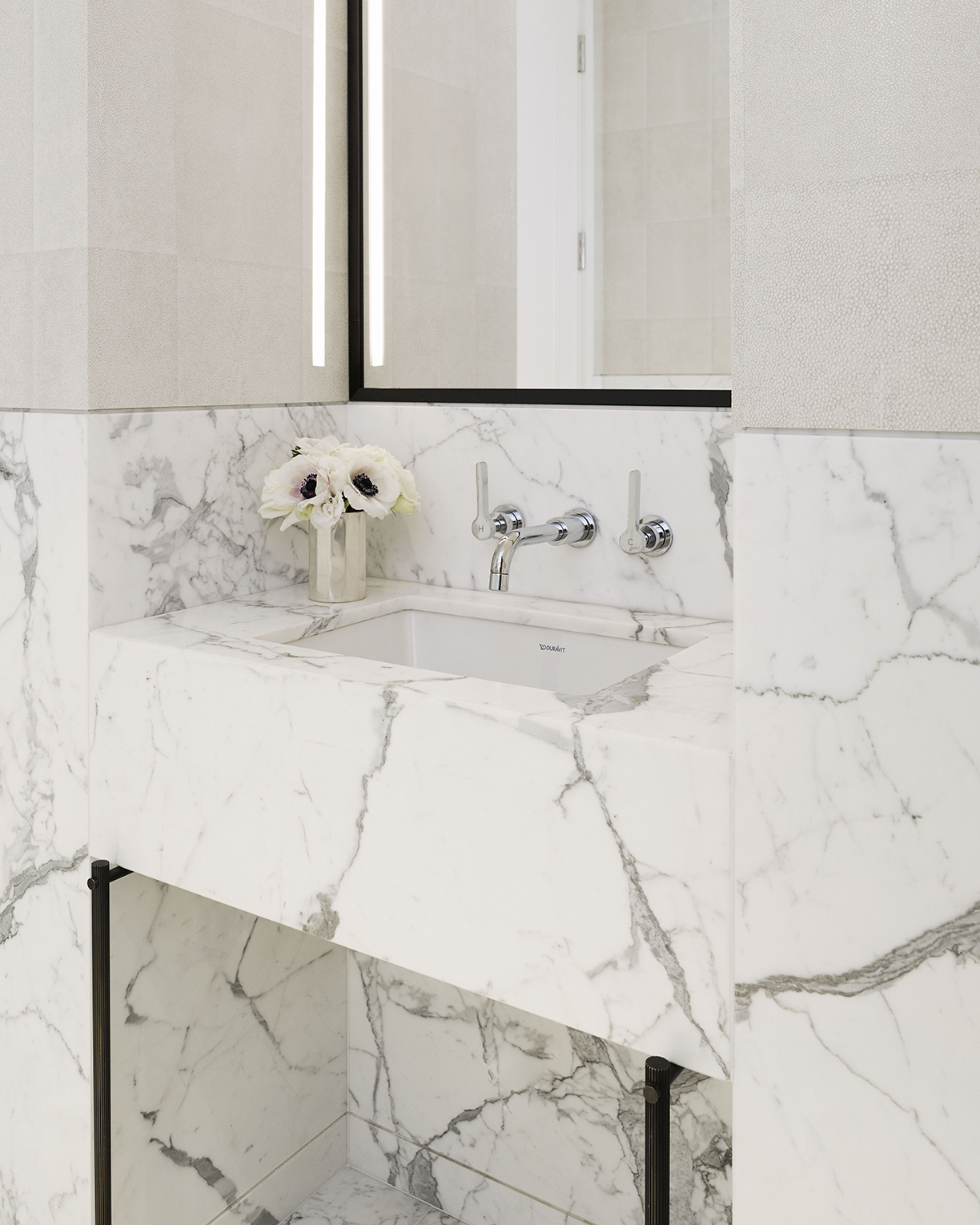
40 Bleeker
Photo by Bjorn Wallender.
Making an iconic design statement in a minimal aesthetic, the Dawn to Dusk lighting fixture is the newest product released by the award-winning London-based design studio haberdashery that invites you to experience the magic of sunrises and sunsets from right inside your home.
The intricate design was inspired by the “the memory of the sun” and creating a strong connection with this memory, according to Ben Rigby, creative director and co-founder of haberdashery.
“We want to reach beyond the industry’s current expectations for a lighting product and push for a more ambitious blend of quality, creativity and narrative-driven design all wrapped up in an iconic, useful and aesthetically beautiful design statement,” says Rigby.
To do this, Rigby and other designers chose to work with an uncomplicated design to demonstrate the clarity of a rising sun, as well as identified the perfect color range that would create a strong, emotional resonance.
Available as a table and floor-standing lamp, the diffused circular light source explores a palette of warm colour hues during its transit of the vertical stand, delivering these as direct light, or as a flood of light on a wall.
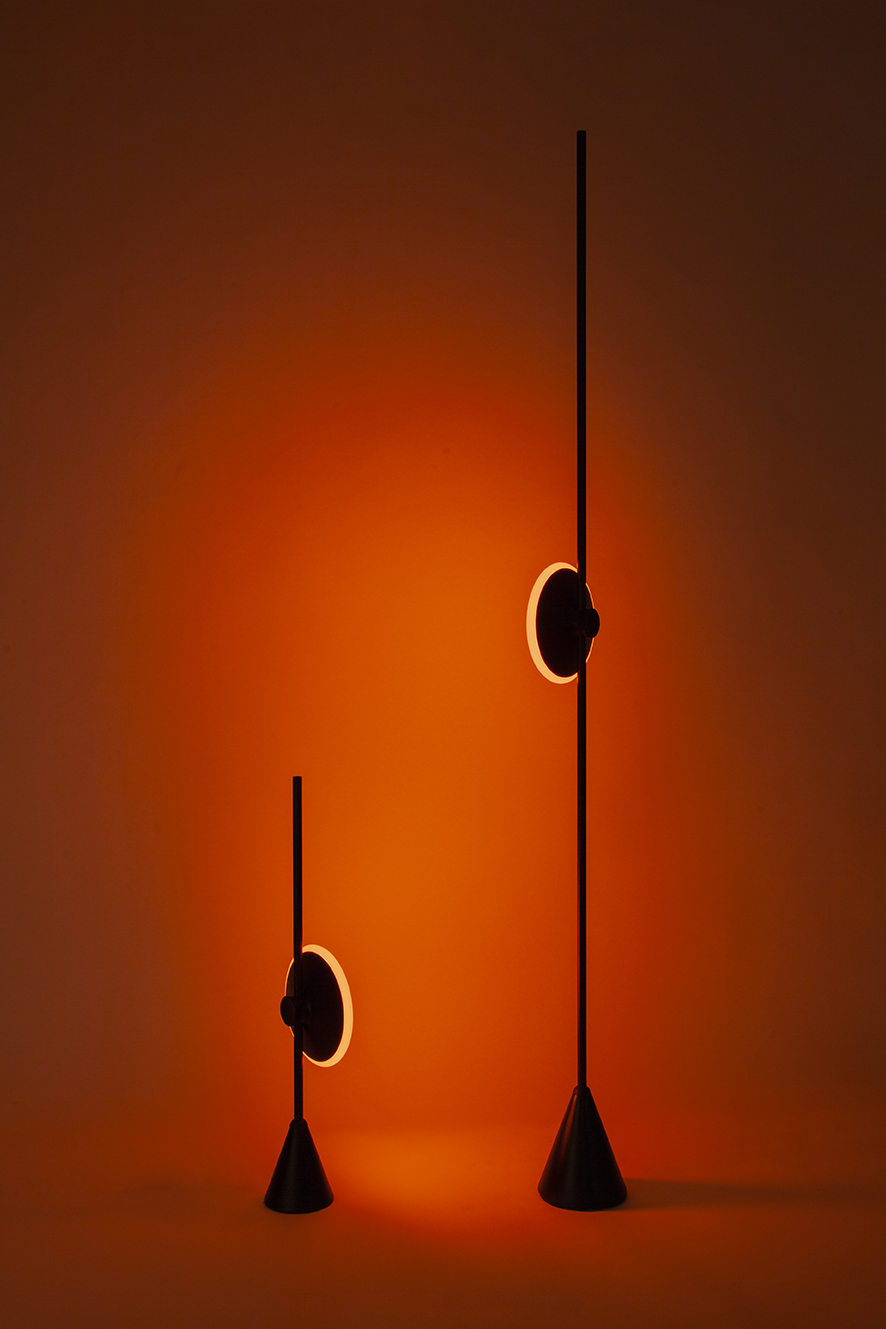
When at the base the sliding light head sits in an off position, and then as it is moved upwards it activates a low intensity red hue, which transitions into orange, then 2700k white light as slid upwards. This custom LED light array, developed by Rigby and his team, replicates the transition of light from the deep, rich red of the late evening to the white light of midday. The light is also capable of rotating 360 degrees around, providing a range of uses from outward facing task light through to a backward-facing ambient light, creating a subtle wash.
Dawn to Dusk is meant to not only showcase a naturally beautiful occurrence but to also utilize this power to support our natural rhythm throughout the day. The high-quality white light helps users to wake up more naturally, while the richer, relaxing red colors help regulate the circadian cycle and prepare for sleep.
“haberdashery believes light is a transformative power in the world; we challenge what is possible with light, and through our products are defining a new category of contemporary lighting,” says Rigby.
All photos & video courtesy haberdashery.
Meant to add that perfect finishing touch, accent pieces carry an important weight when it comes to completing a room’s design, from the size of a mirror or its frame to the brightness of matching lamps. High-end brand Frontgate understands the impact these items have on a space and offers an assortment of essential furnishings that bring that space together.
Mirrors
Finding the perfect accent mirror means finding the balance between functionality and beauty. If function is the priority, Frontgate offers pieces that keep this balance in mind. From the tropical Marigot Shell Mirror or the Temple Chinoiserie Wall Mirror, both optimal for spaces like bath vanities or entryways, beauty no longer has to be sacrificed.
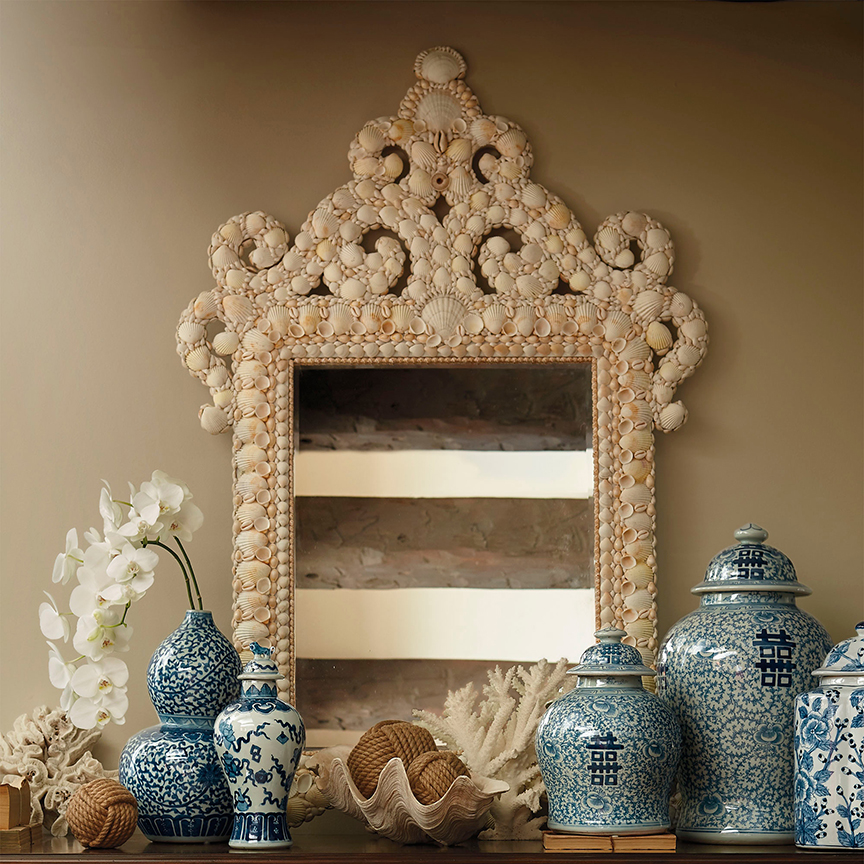
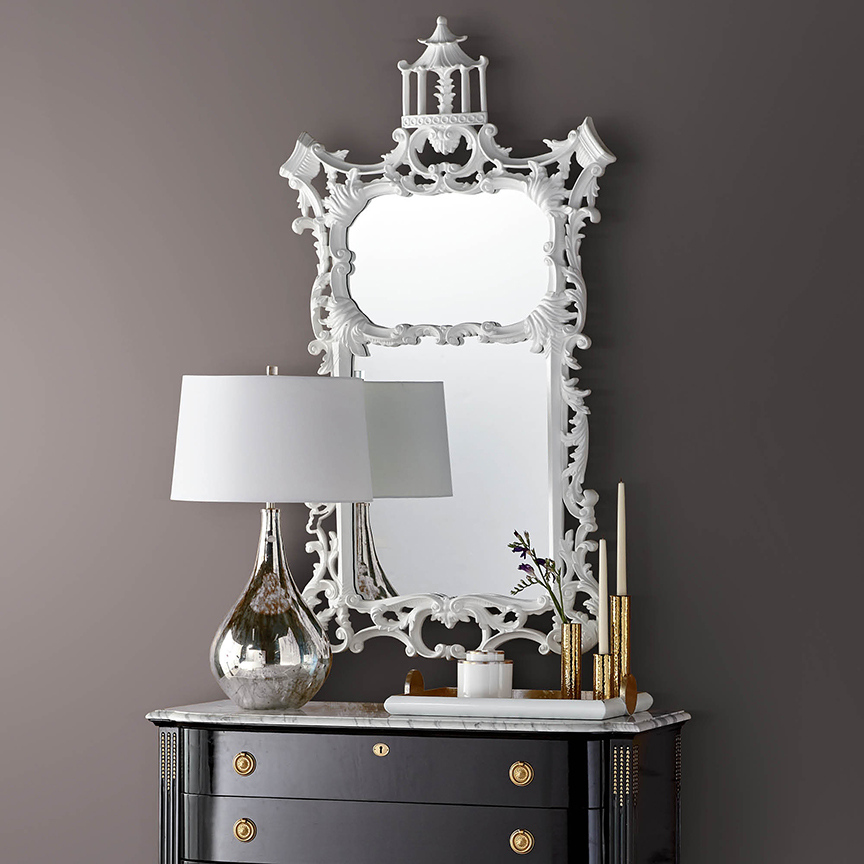
For Frontgate it’s all about making a statement, according to a brand representative, while also working with the space given. A perfect example is the Duchamps floor mirror. From the dressing room to the living room, this large floor-to-ceiling mirror with additional storage opens up a space with its reflective surface and creates a visual impact. For even more creative displays, art-inspired pieces like the Intermix Beveled Mirror also open a room and add a bit more interest to a simple space.
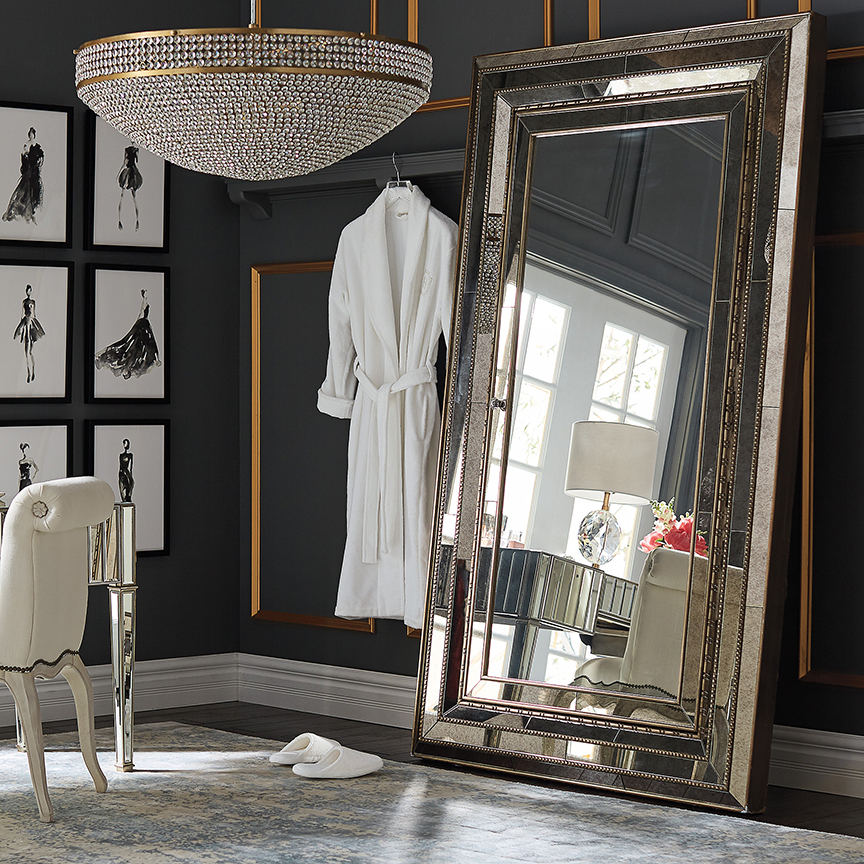
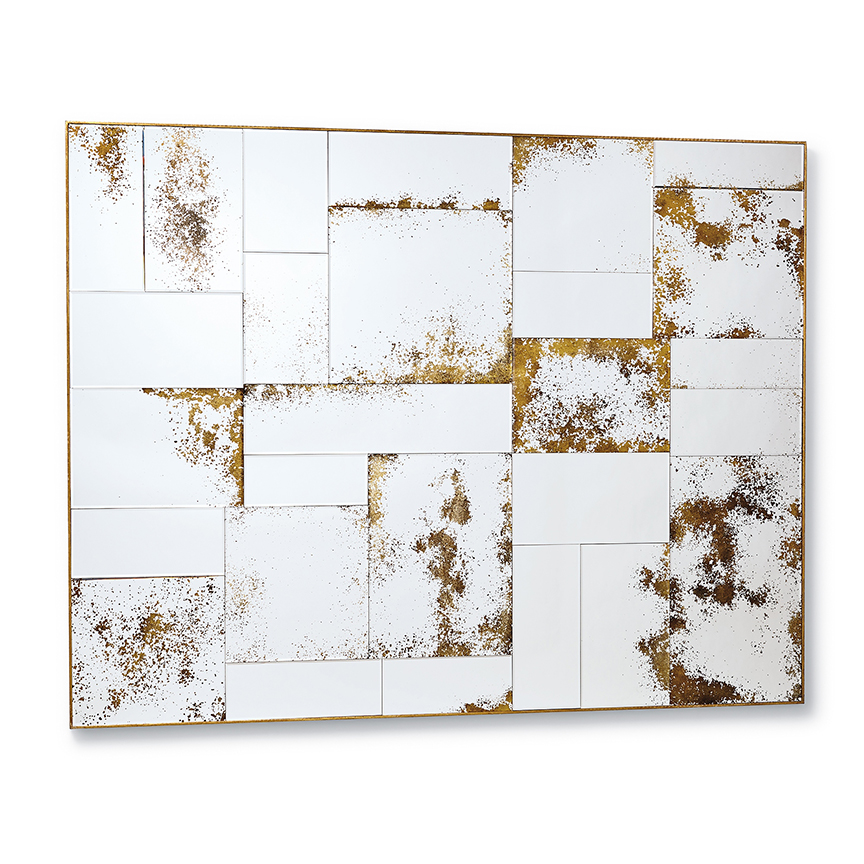
Geometric Pendant Lighting
Symmetry is key when it comes to lighting, particularly with pendant lighting options that usually come in twos. Geometric pendants are popular for a number of reasons. The variety of finishes and materials used to create them fit easily into almost any space. From the simple and elegant Maxwell and Tillary lights with metallic gold and brass finishes to the glamorous Aurora pendant, these fixtures have the ability to create a dramatic focal point in rooms that are purposeful on their own.
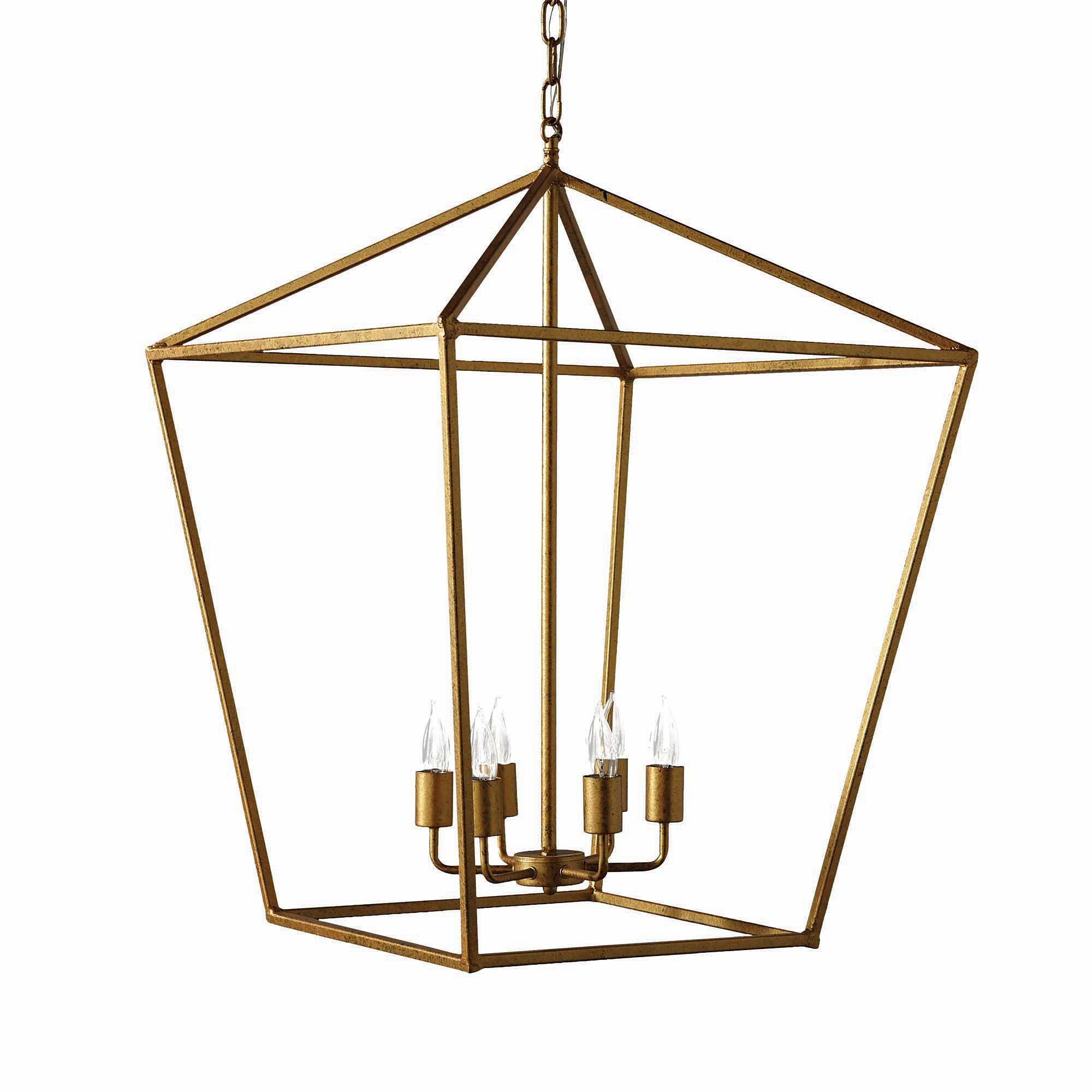
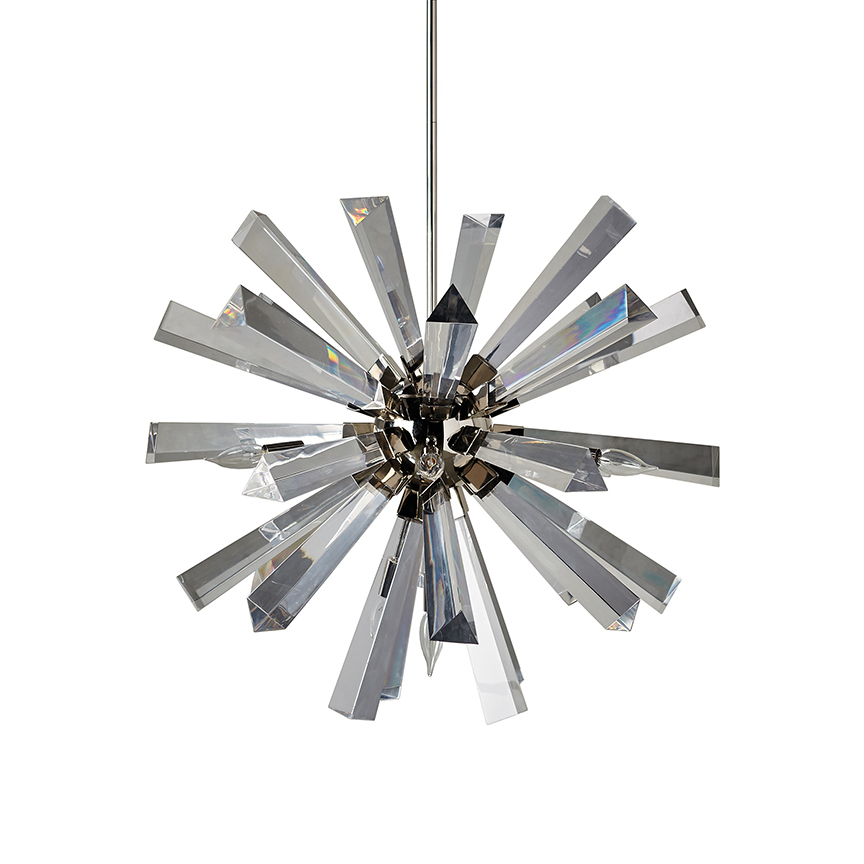
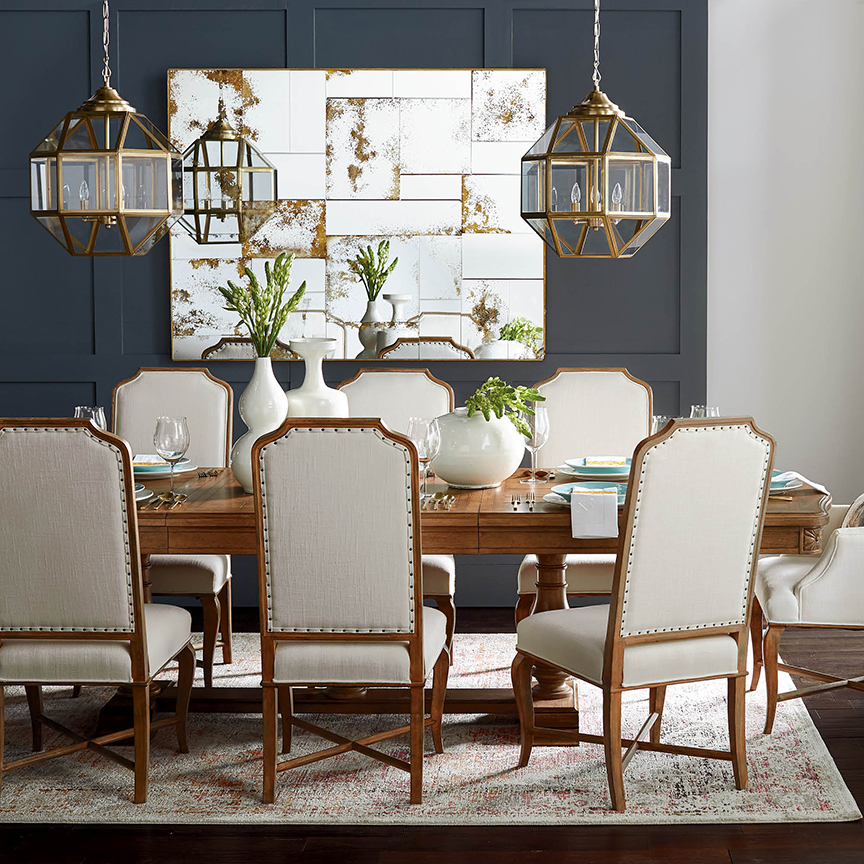
Velvet Pillows
An ever-widening trend in fashion and home design has been the inclusion of velvet in more ways than one. Particularly with pillows, Frontgate representatives says that “whether made of cotton or silk, crushed or devoré, running your hand along a length of velvet is a sumptuous experience.”
The transformative powers of the fabric are never-ending; a cold house becomes a warm home when a velvet throw is draped over curves, catching the light and bringing a dimensional texture to a piece of furniture or to a room. And while velvet is known for playing well with other fabrics in fashion, it also pairs perfectly with faux fur, brass, glass, marble and more. Scattering some velvet pillows on a neutral-colored couch adds a visual, tactile warmth, perfect for the fall, transforming a simple space to a sophisticated room.
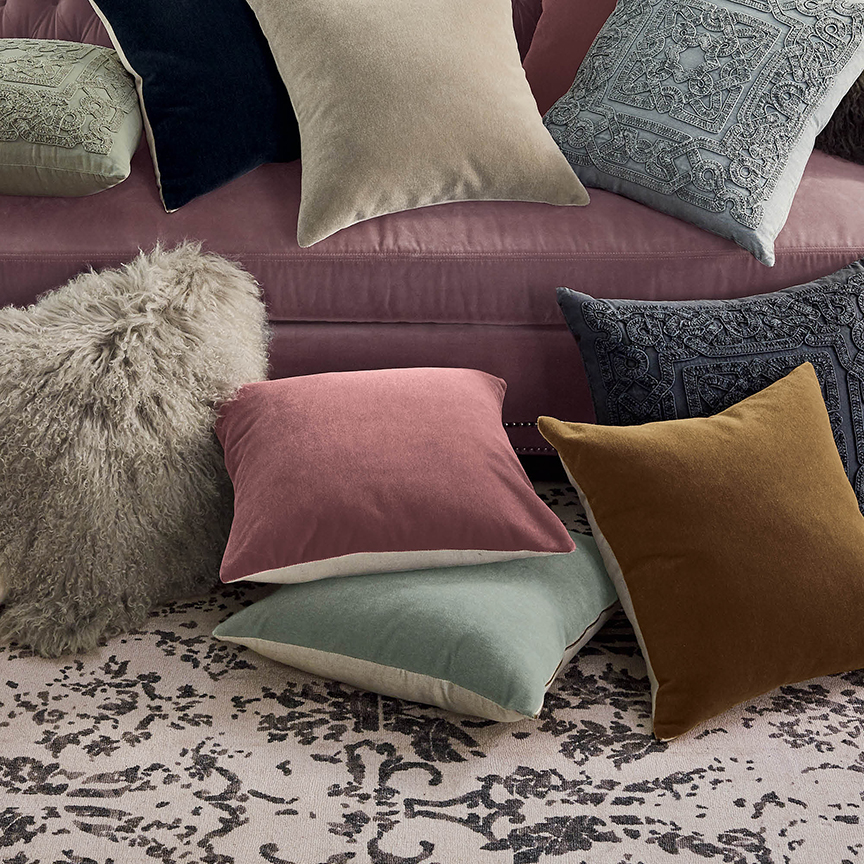
All photos courtesy Frontgate.
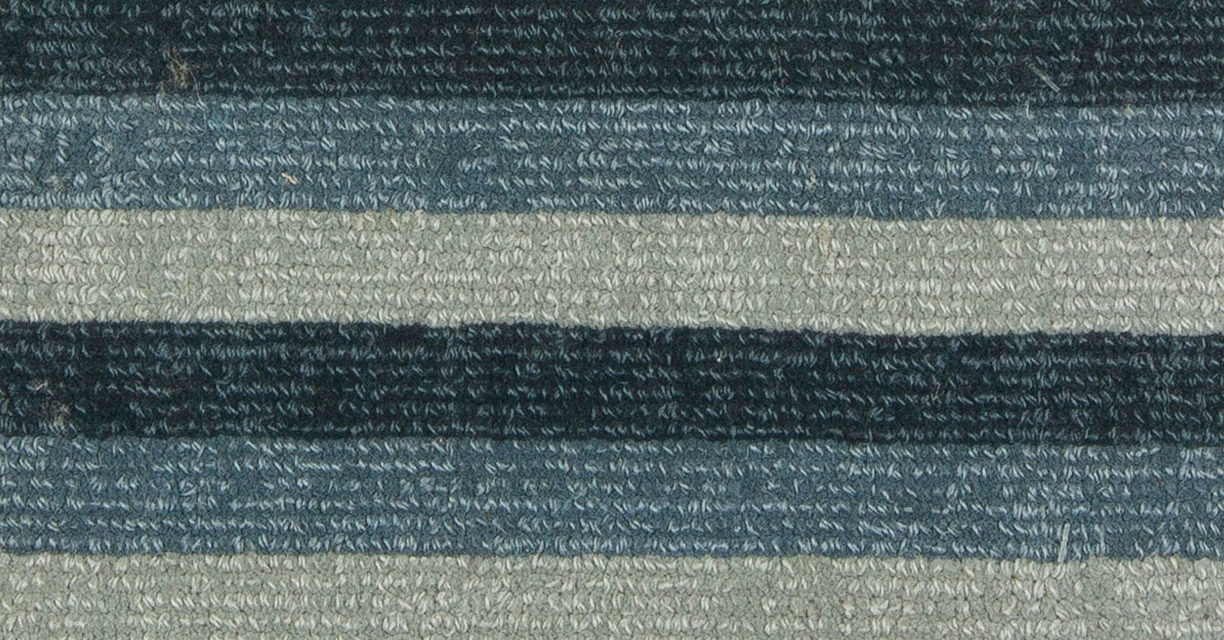
A practical option for the home, the intricate detail and design of rugs are often overlooked by the average customer. To make an informed rug purchase and to know exactly where your money is going, it is important to note that there is much more to buying a rug than just picking one out that matches your couch.
Between knotted, tufted or flat-woven, rug options could seem endless and daunting for a buyer to understand. But, each of the many rug types available on the market serve different purposes, and getting to know them can help buyers make the right choice for their home. Doris Leslie Blau rug gallery breaks down what to know about the five most popular rug constructions, along with their most advantageous use.
Hand-Knotted Rugs
Hand-knotted rugs are considered classics. They are made of colored yarns that are painstakingly tied onto individual warp threads, then secured by one or more rows of weft, a process that requires a great amount of skill and patience. The knotting of a large rug could involve as many as a dozen artisans working simultaneously for months, even years. The result is a sturdy, dense structure that can withstand years without wearing out.
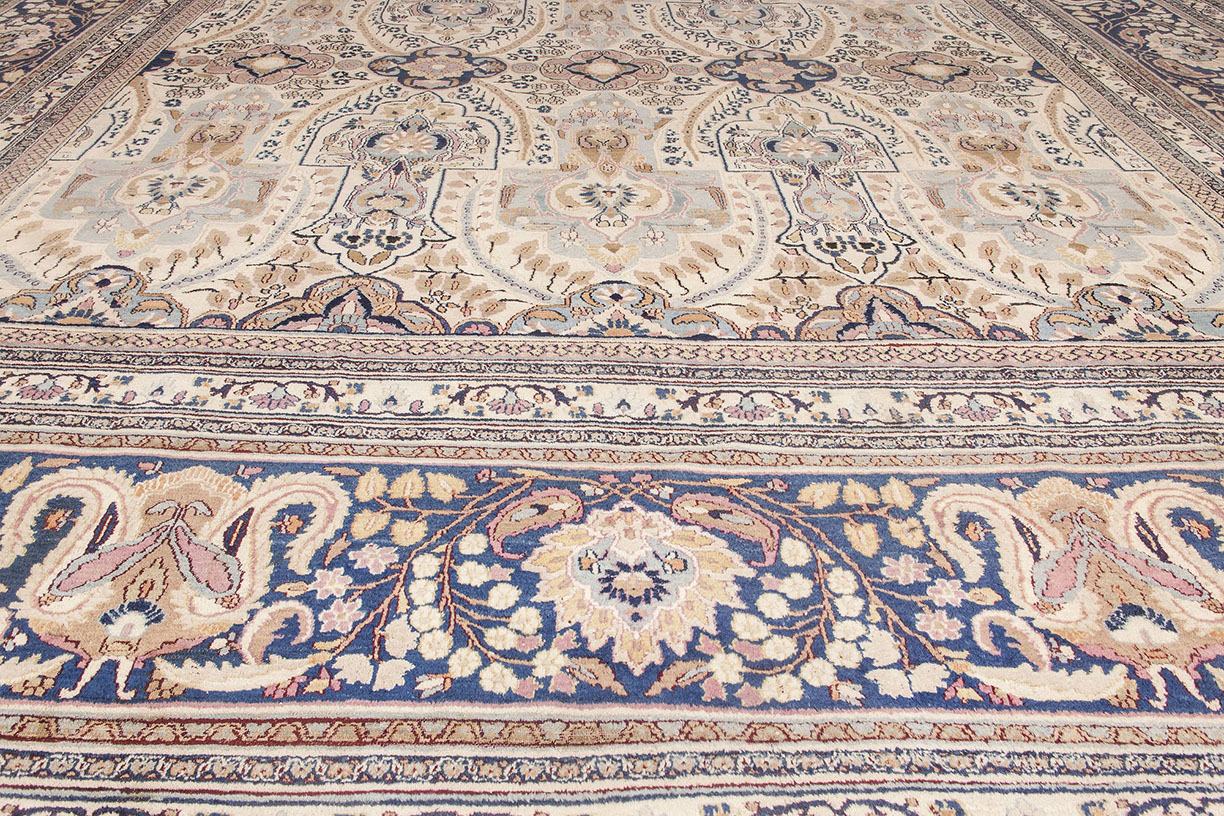
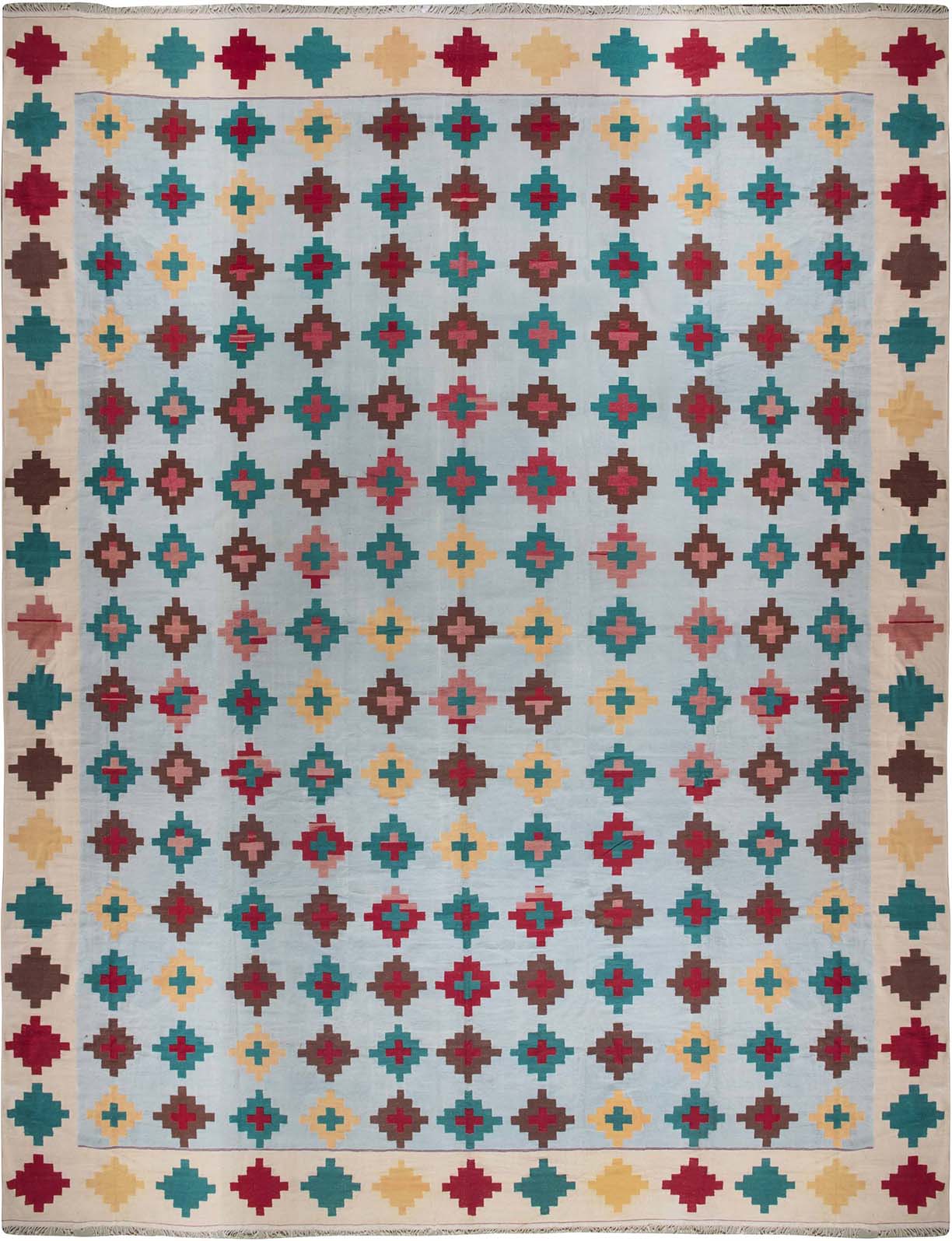
Flat-Woven Rugs
Basic and attractive, these rugs are popular across the globe. The maintenance is low and the rug itself is light and flexible, yet durable. Most are made to be reviserbale, which extends its lifespan even further.
Hand-Tufted Rugs
A more affordable option than knotted carpets, this rug is a great pick for mid-range durability and style. The designs of the rugs can be easily manipulated, from traditional to contemporary, with much textural detail.
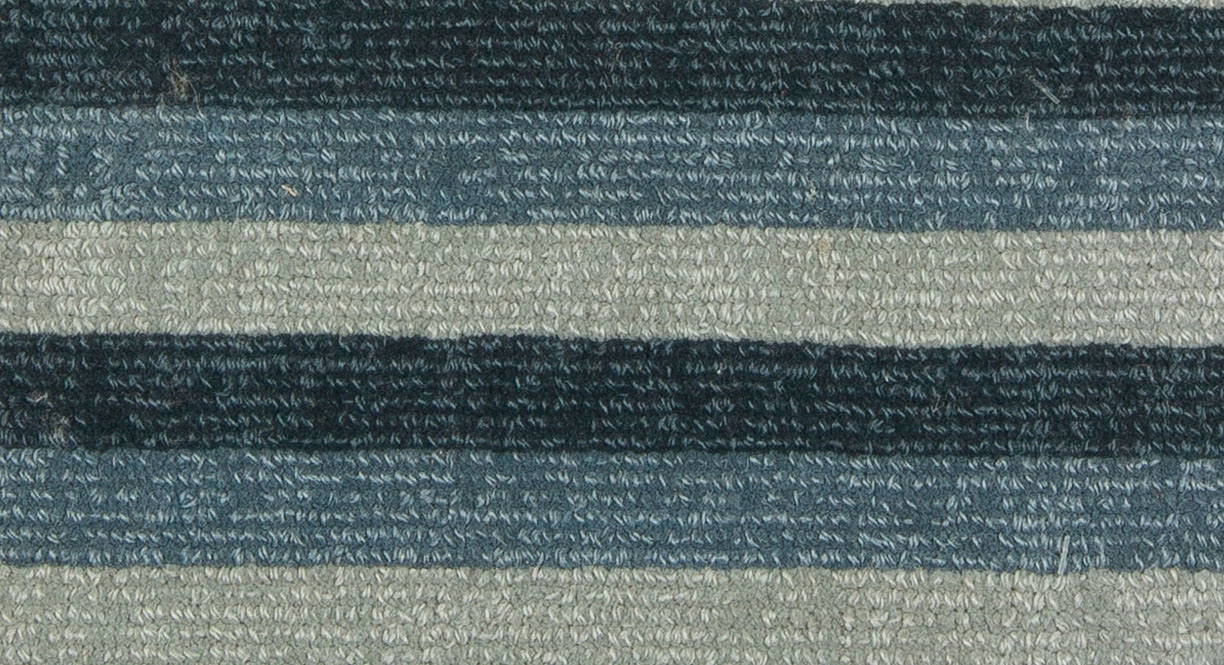
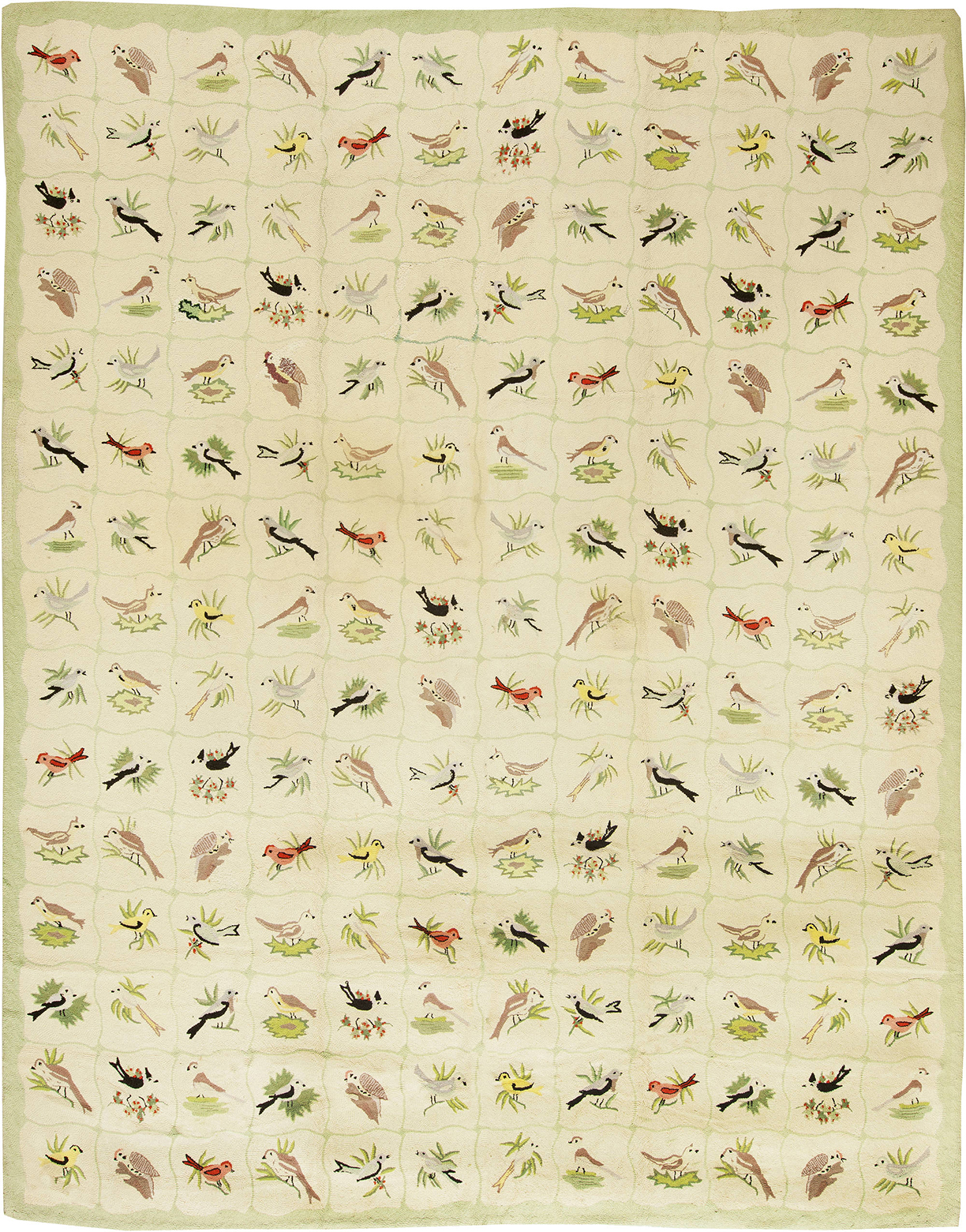
Flat-Woven Rugs
Basic and attractive, these rugs are popular across the globe. The maintenance is low and the rug itself is light and flexible, yet durable. Most are made to be reviserbale, which extends its lifespan even further.
Needlework Rugs
Embroidery fans rejoice! These rugs are large needlepointed masterpieces, with an antique look yet a dependable weave that will last years in the home.
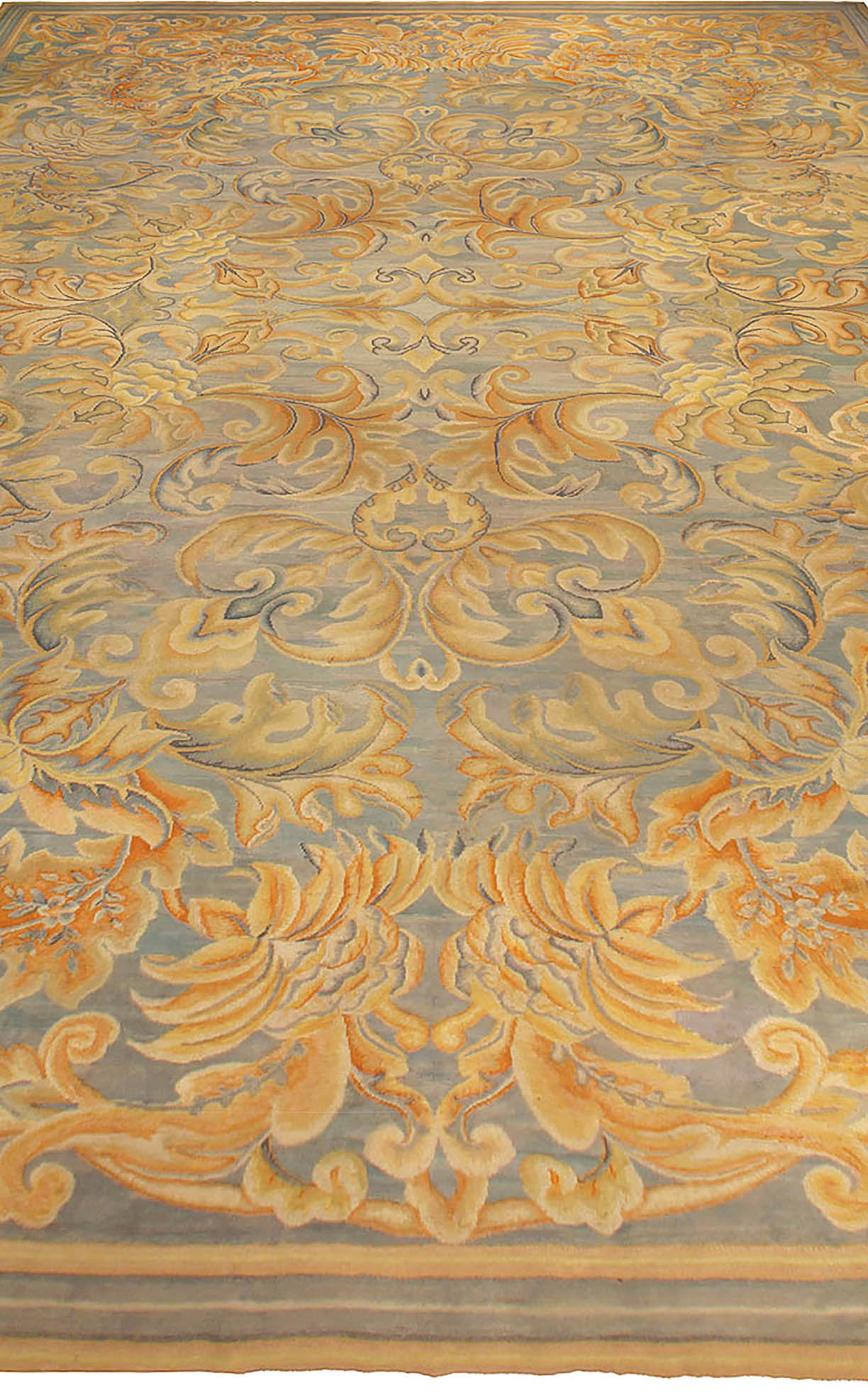
Photos courtesy of Doris Leslie Blau
Minimalism is oftentimes a more classic, aesthetically pleasing sense of design that makes a statement in a simplistic way. Incorporating simple and timeless designs, Arteriors offers a selection of pieces, bringing a warm tone of sophistication to lighting, furniture and accessories in their most natural forms. Below are several pieces from their assorted collections that complete any minimalistic theme.
All photos courtesy Arteriors.


